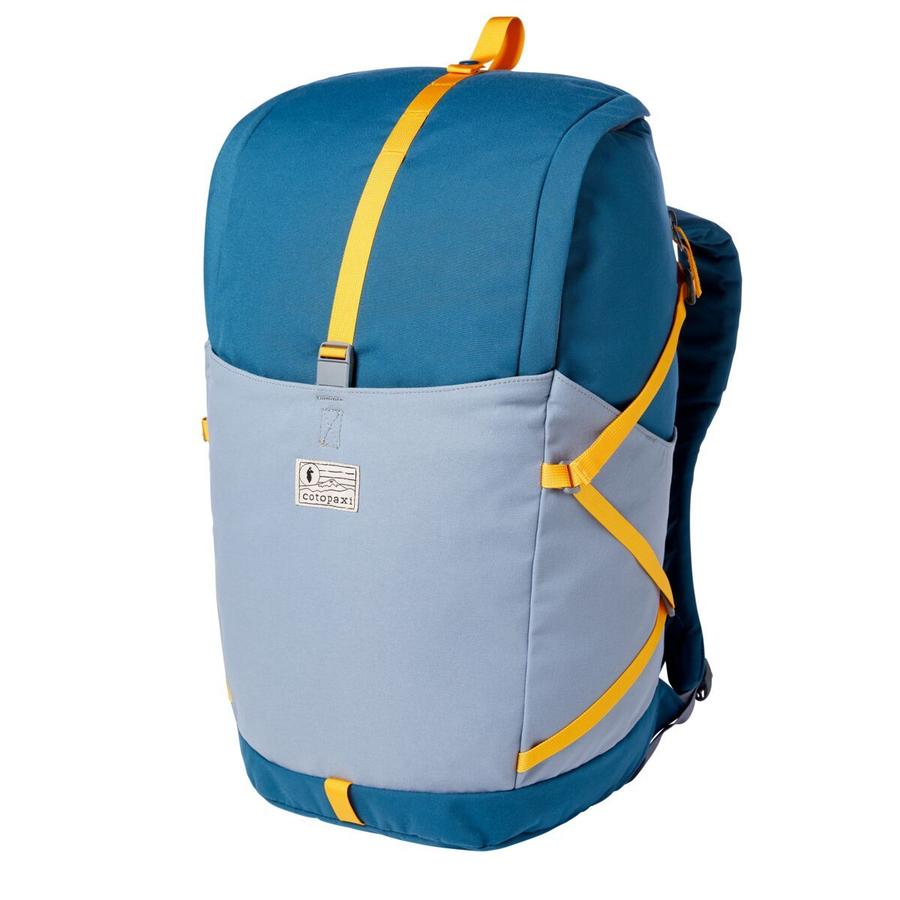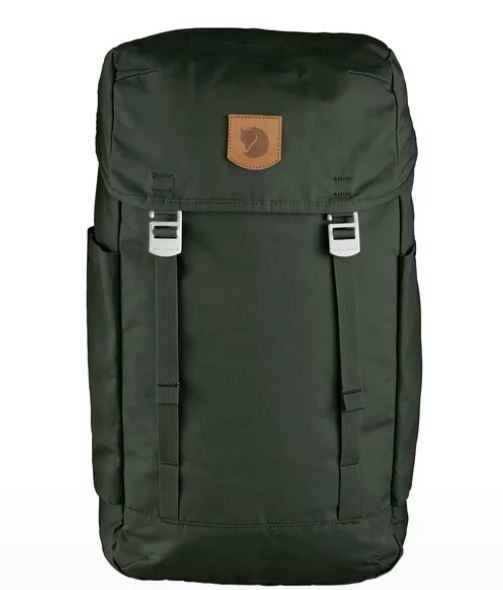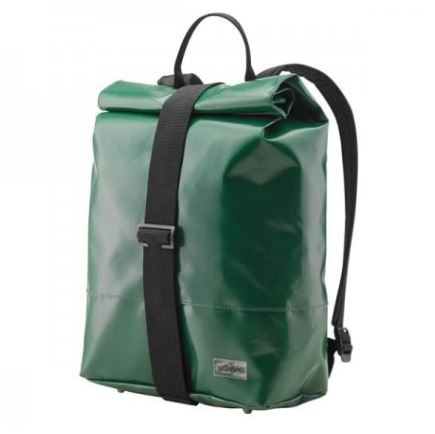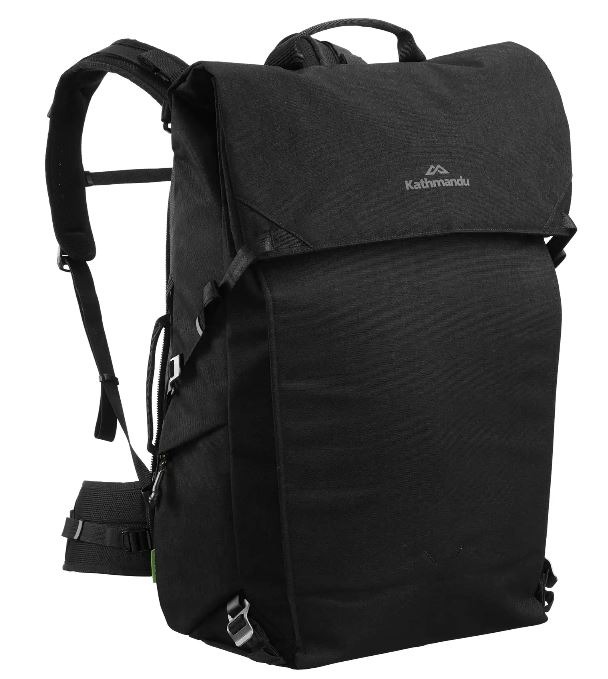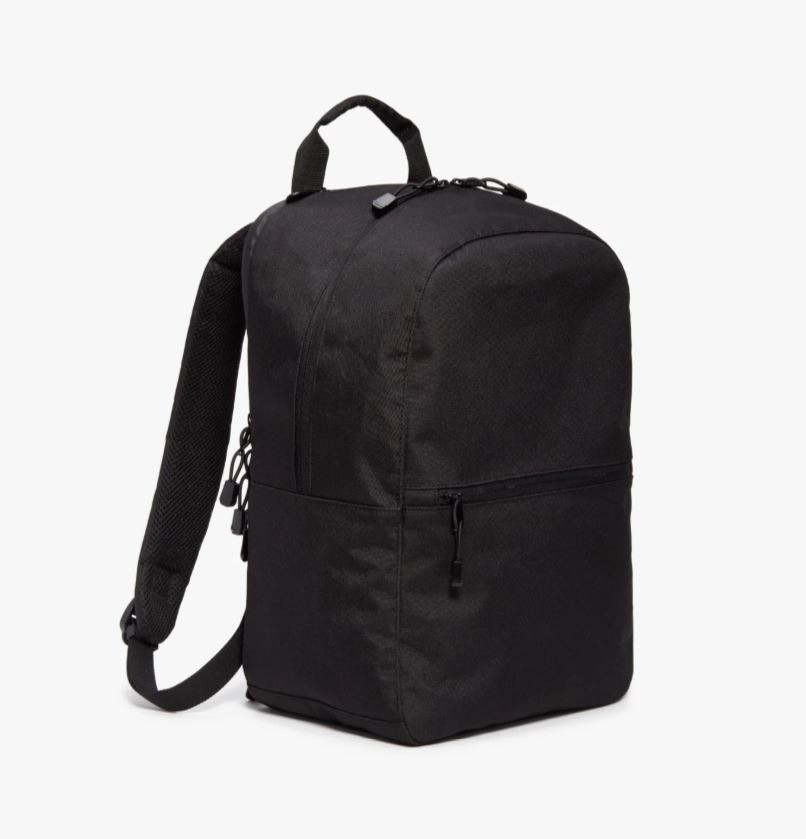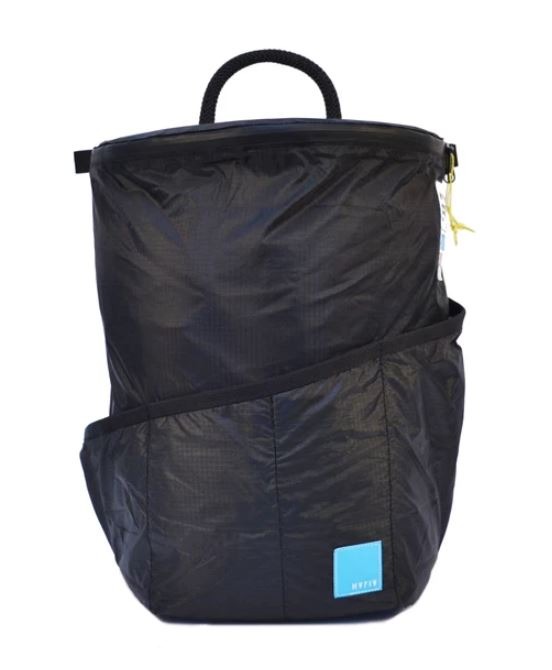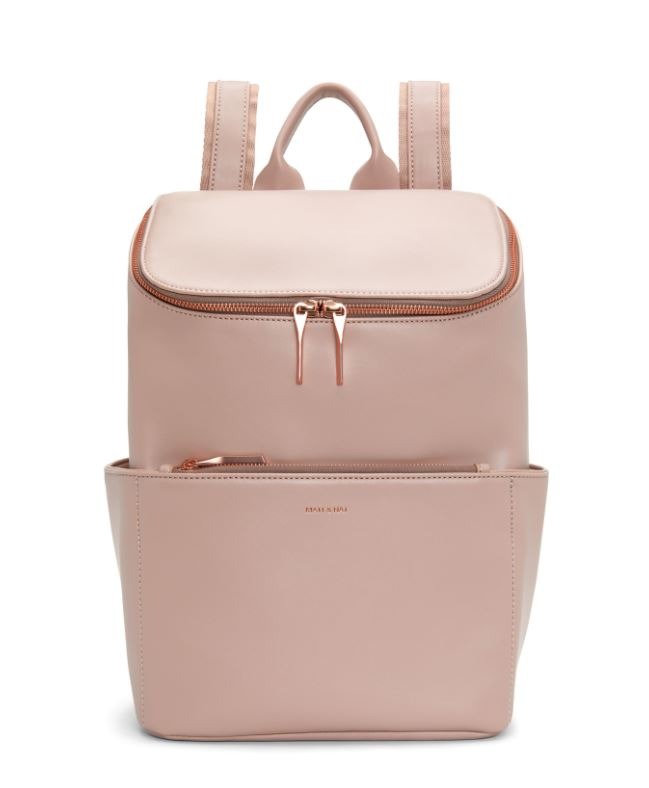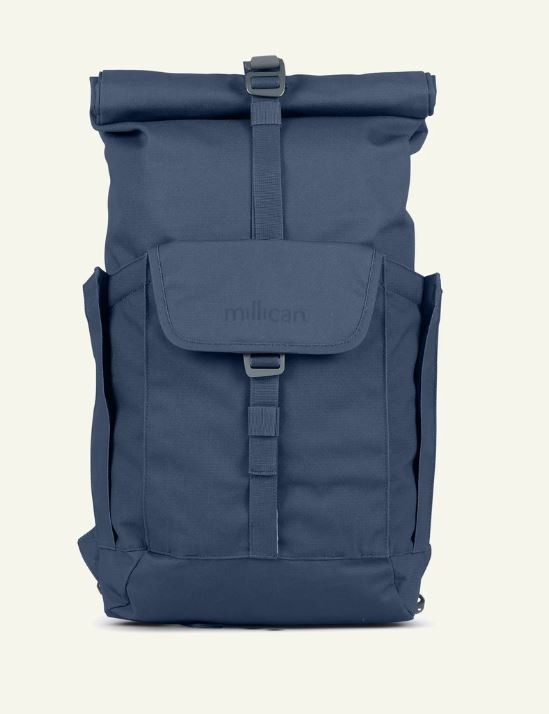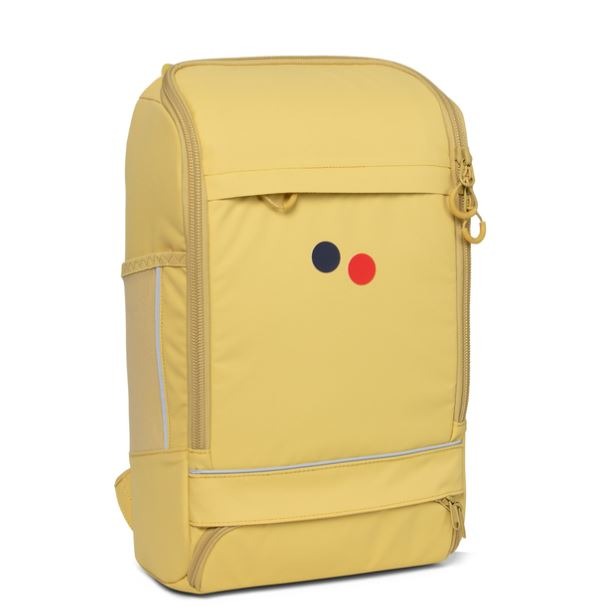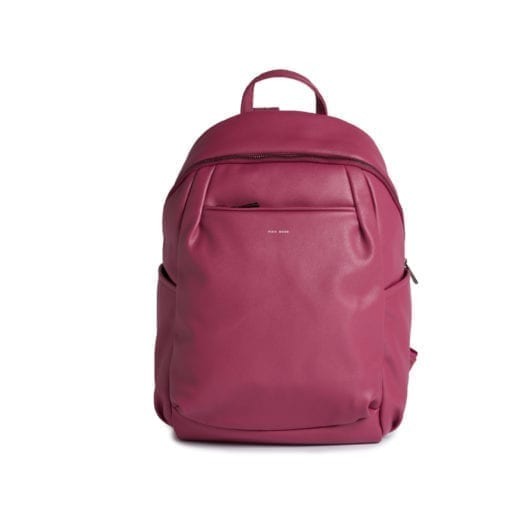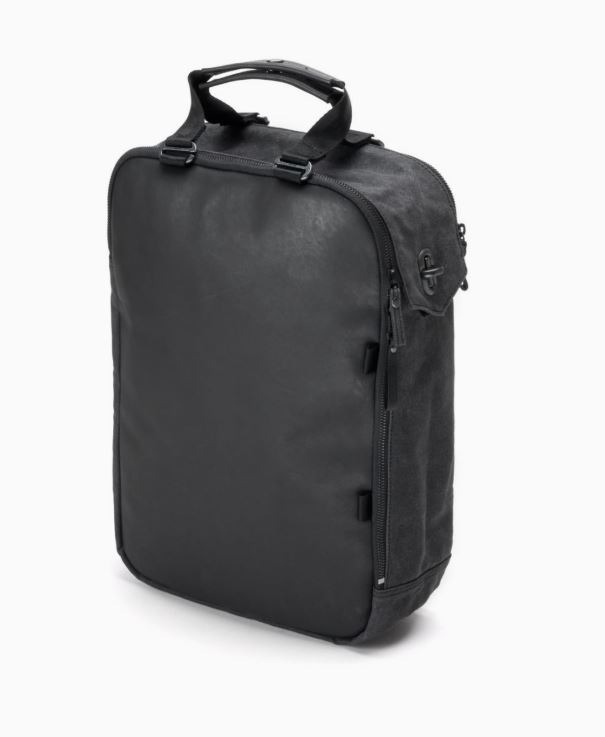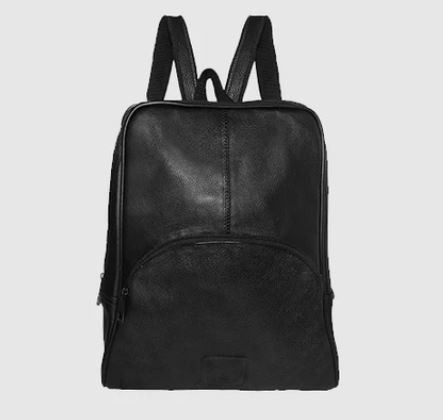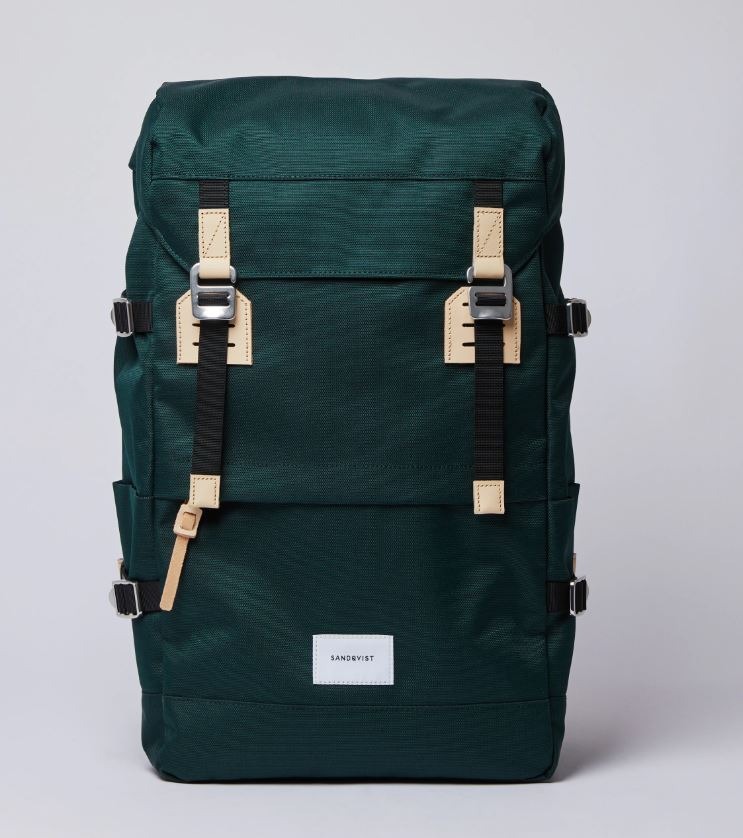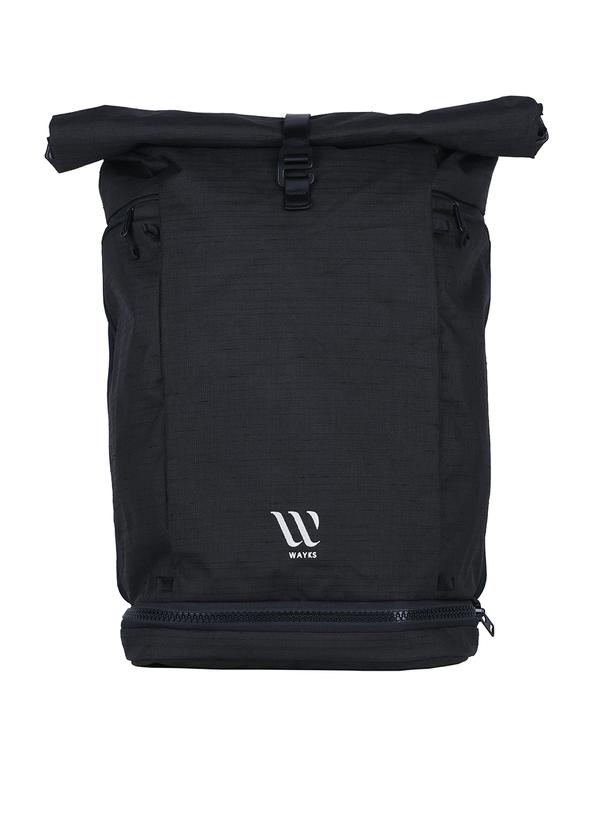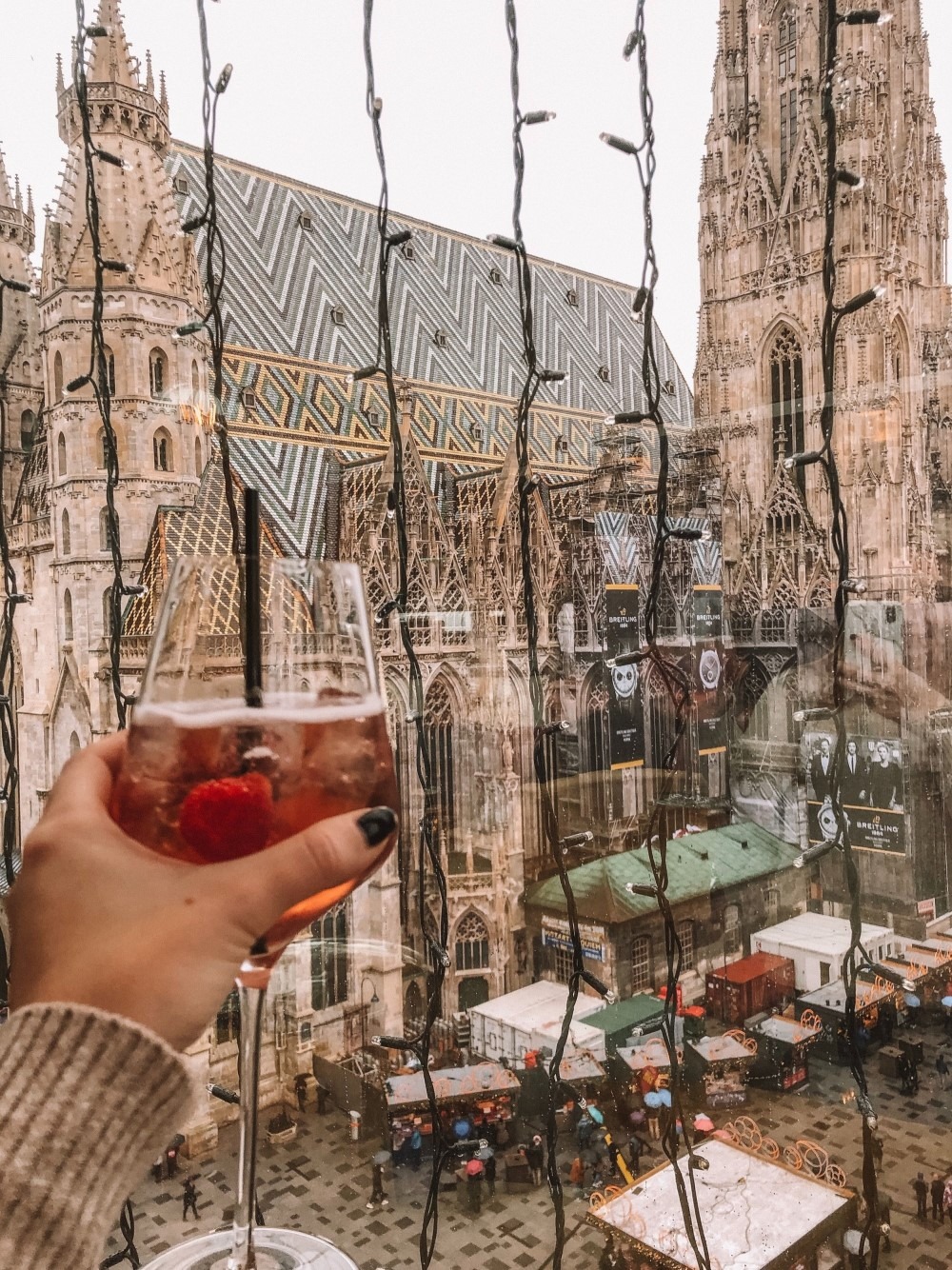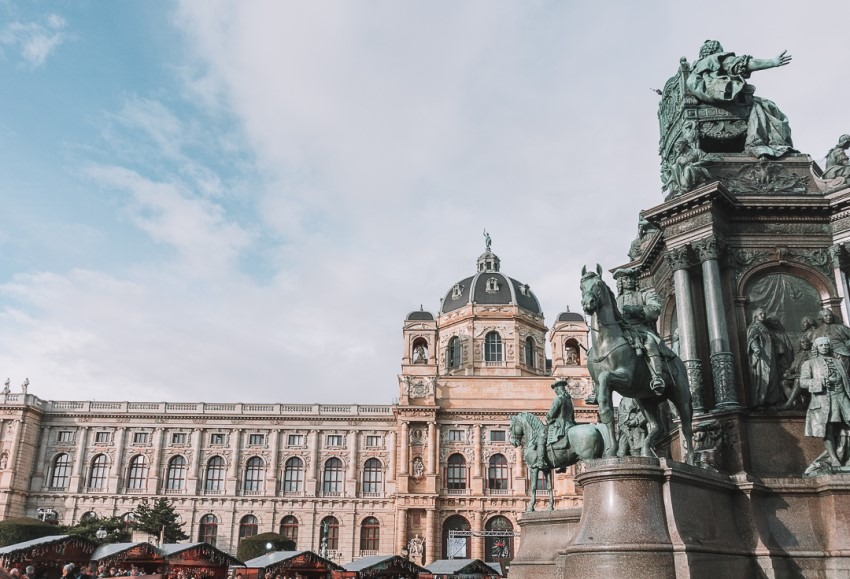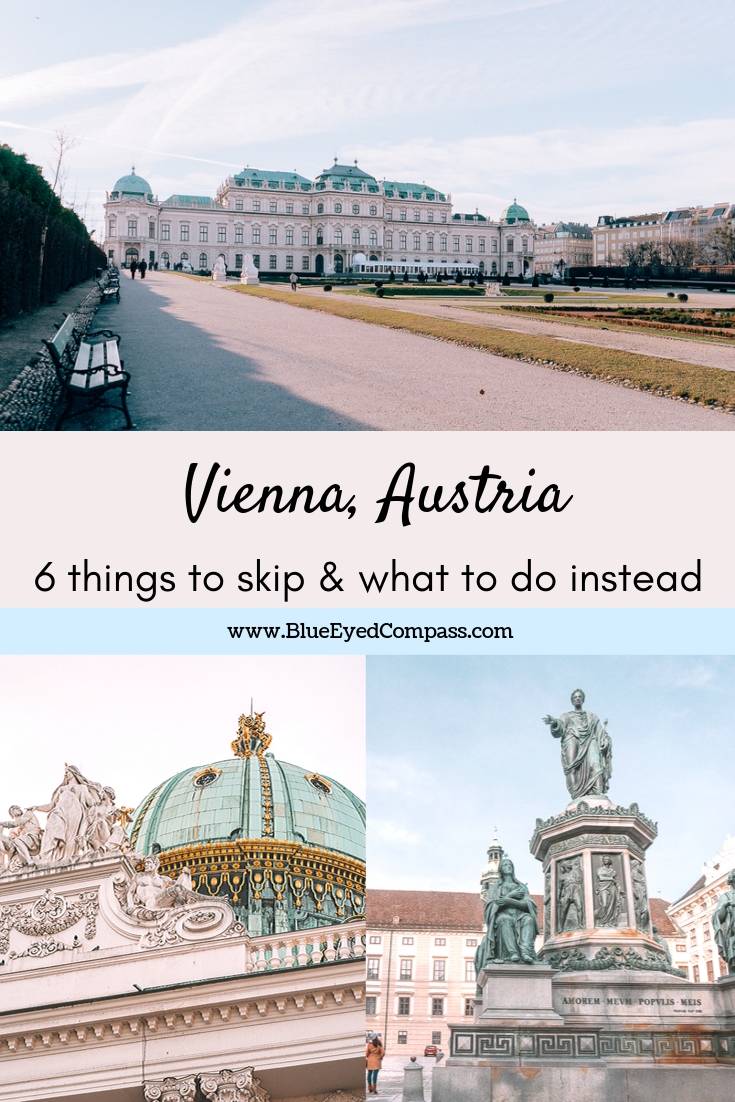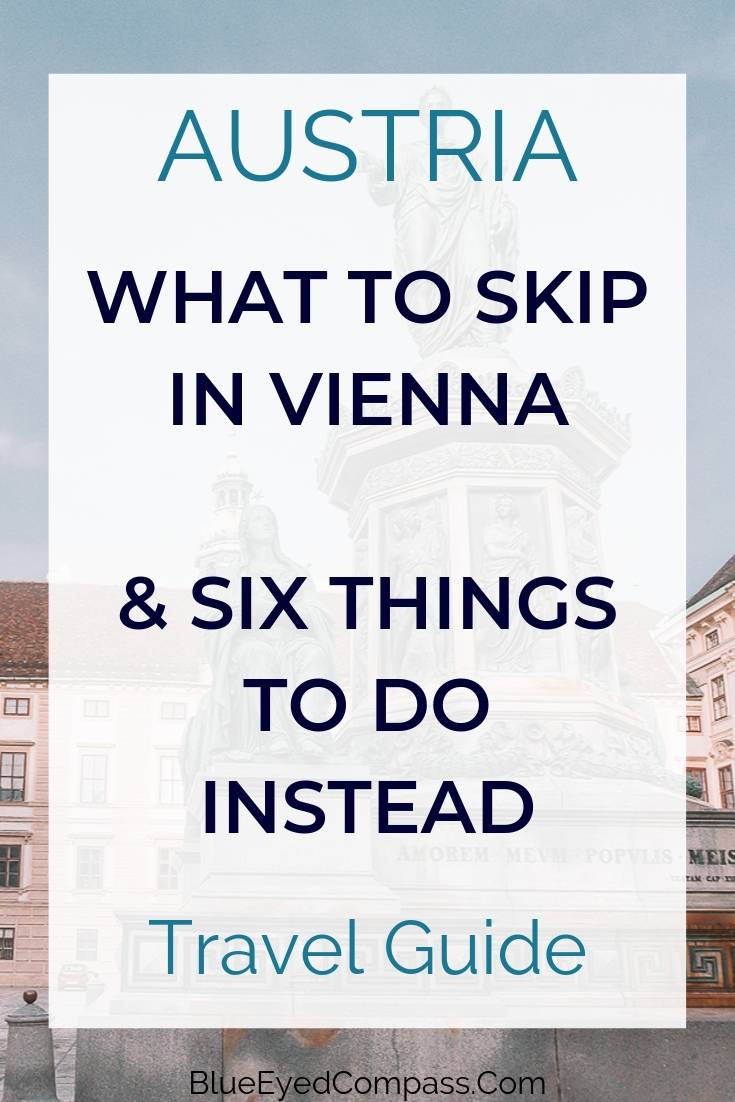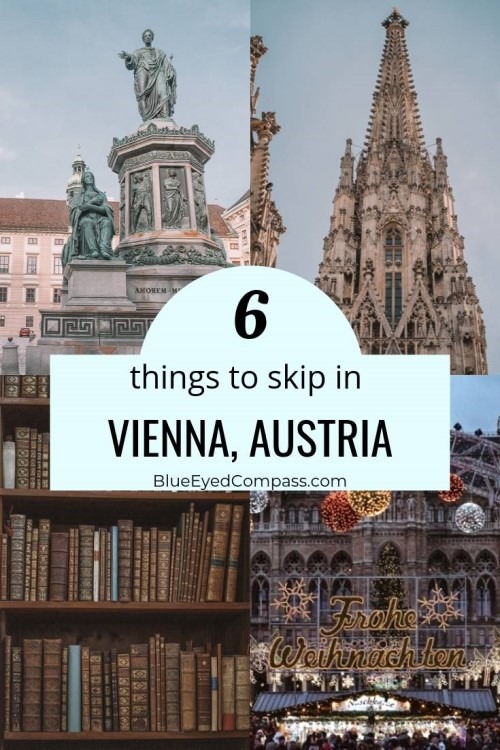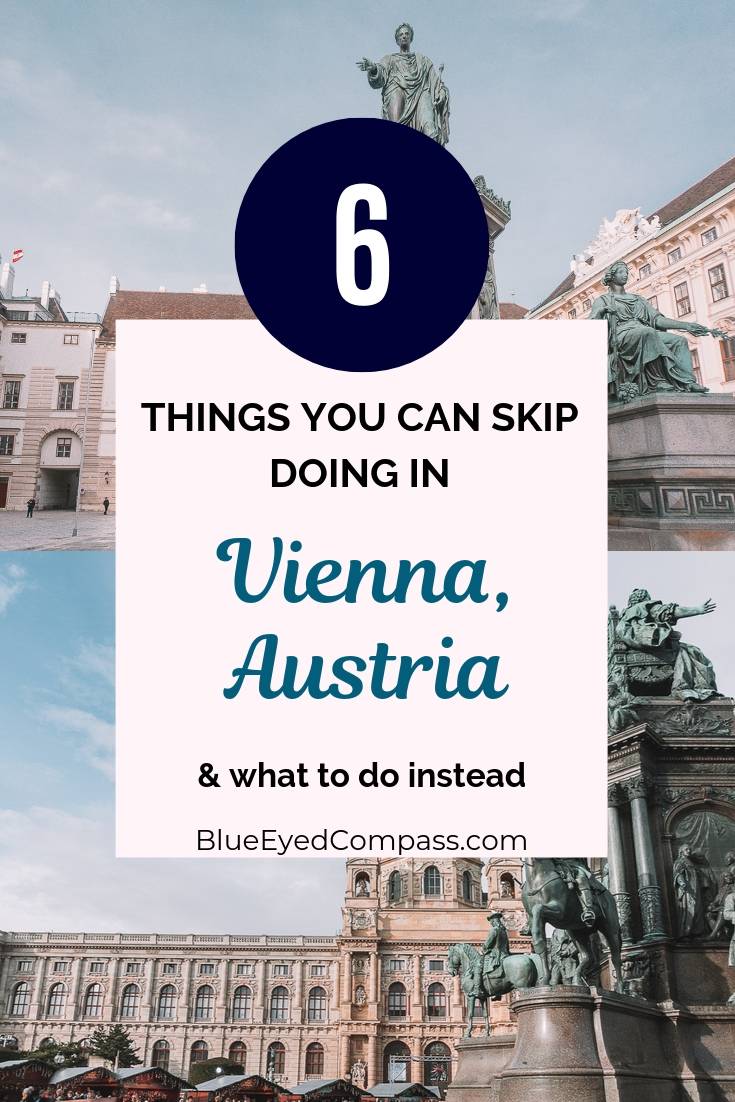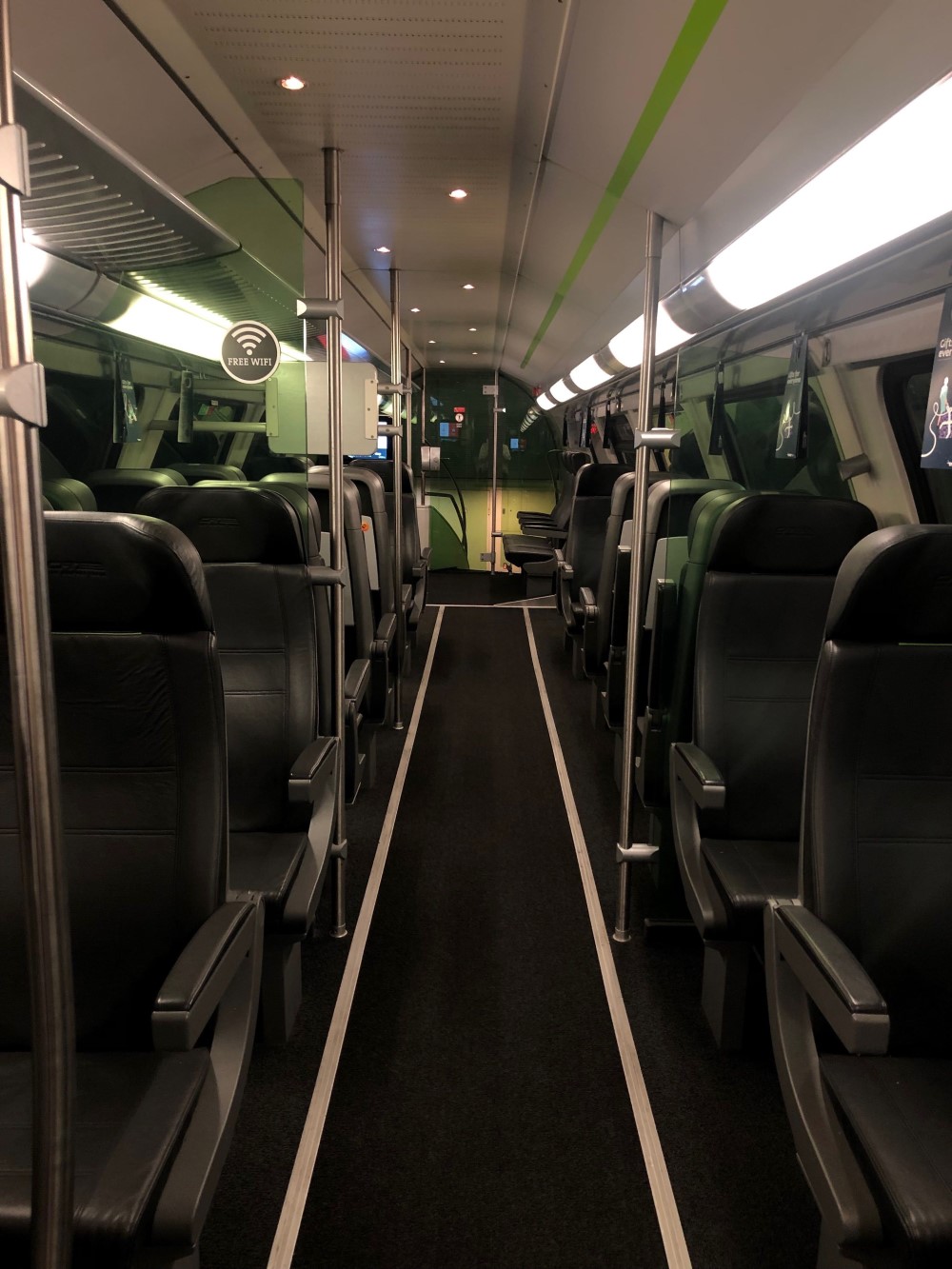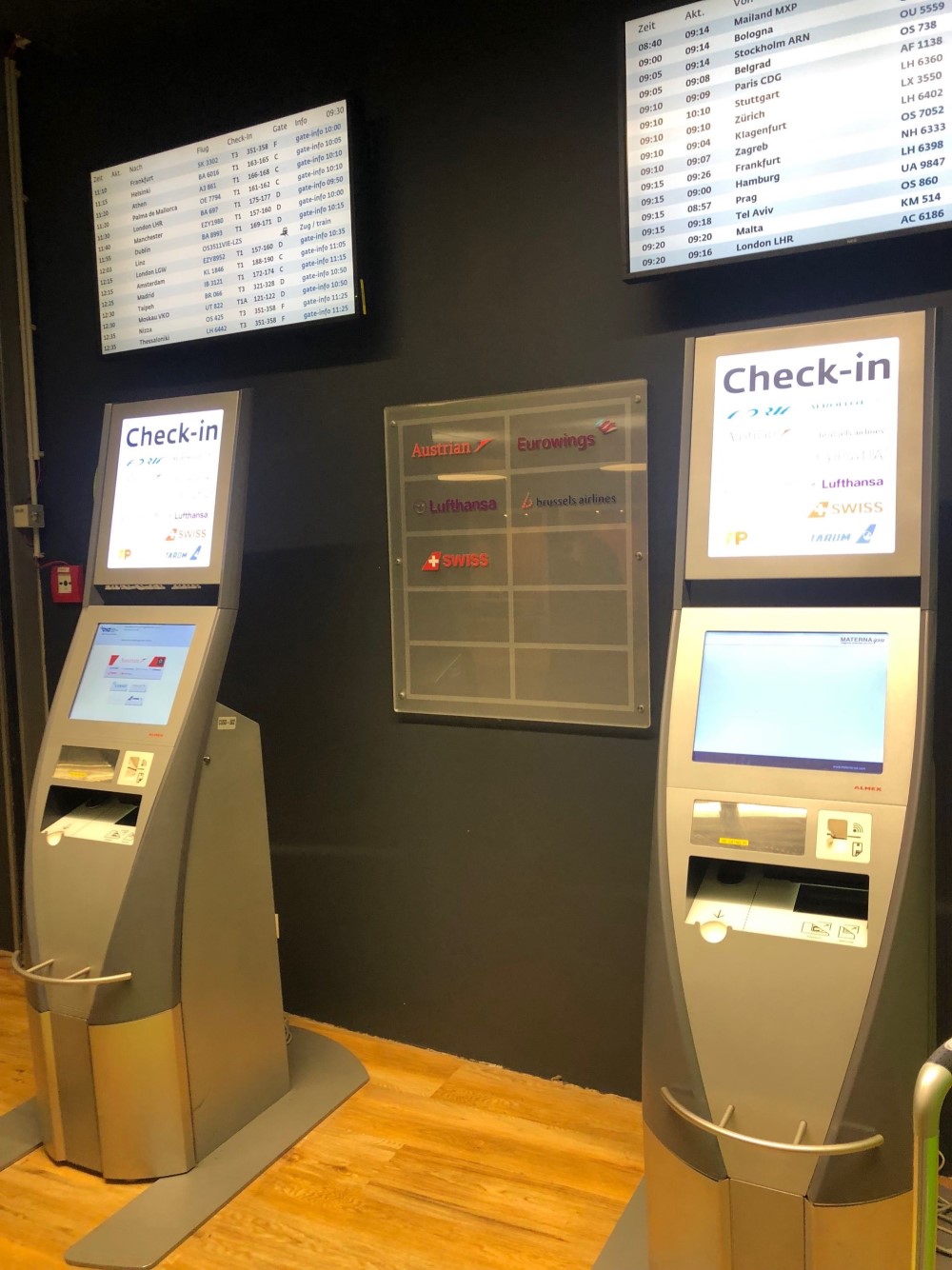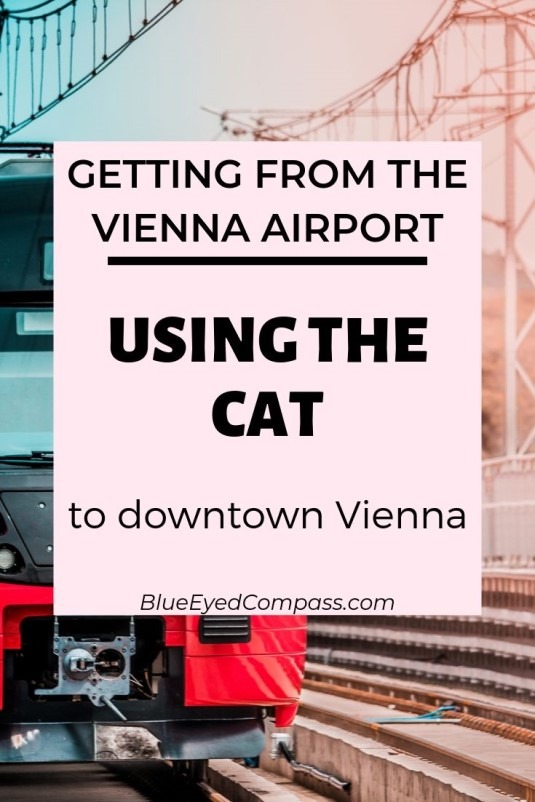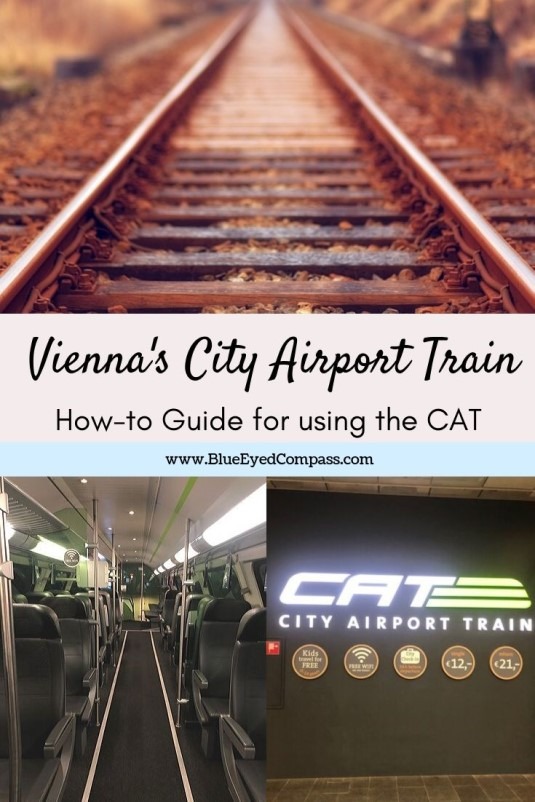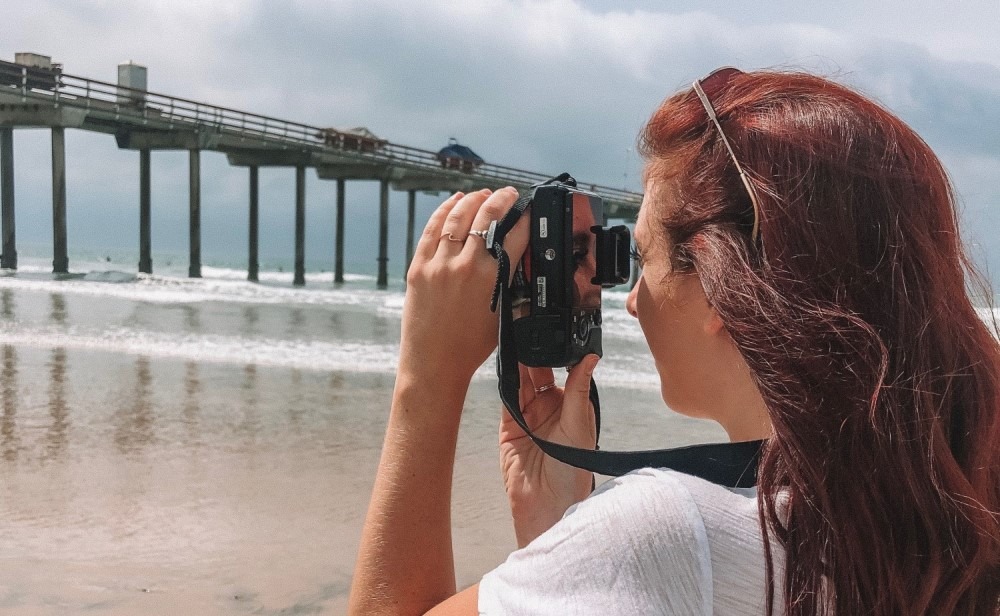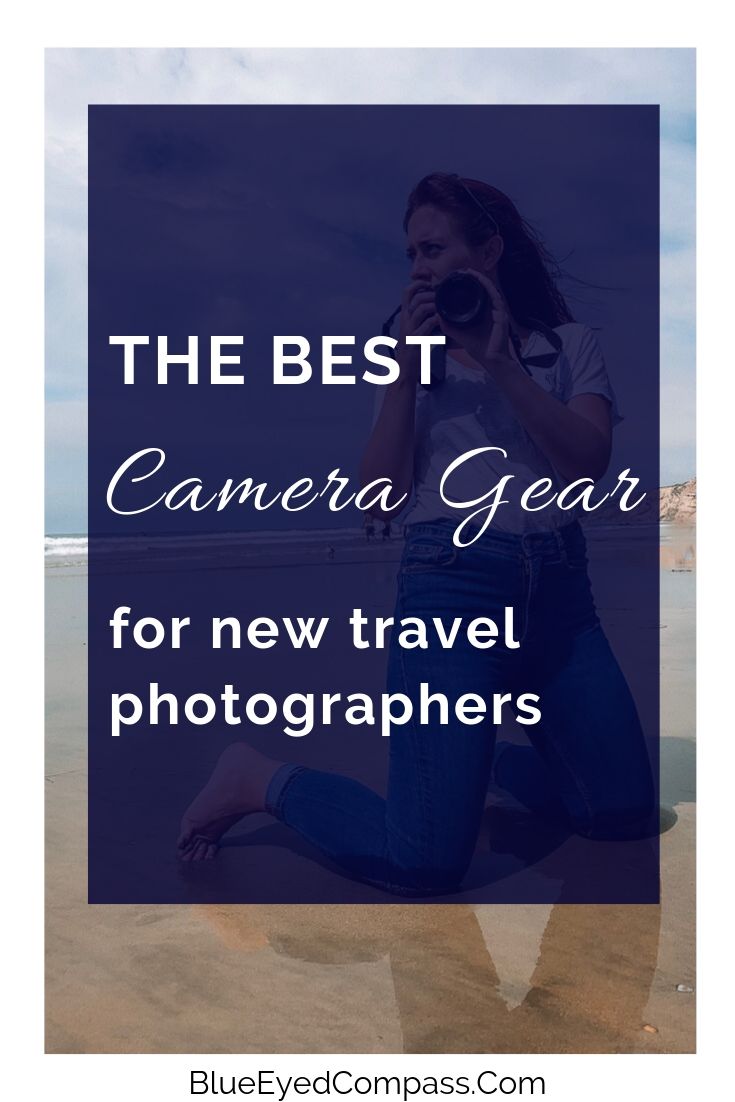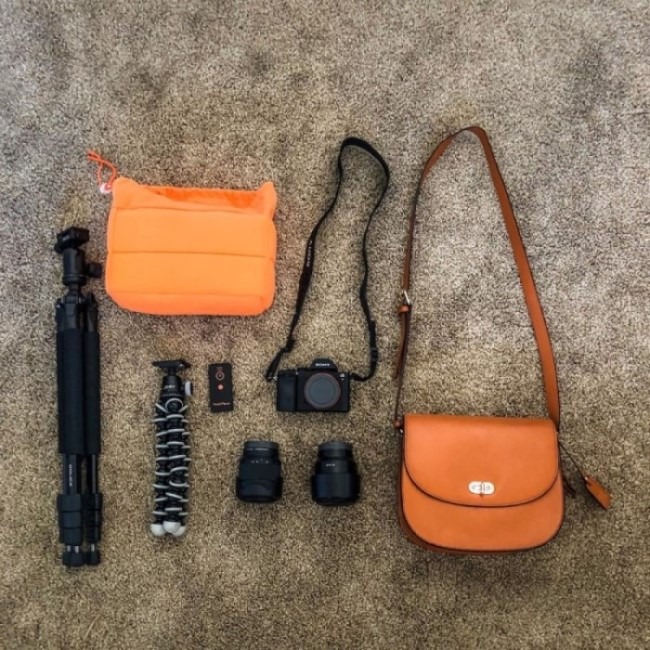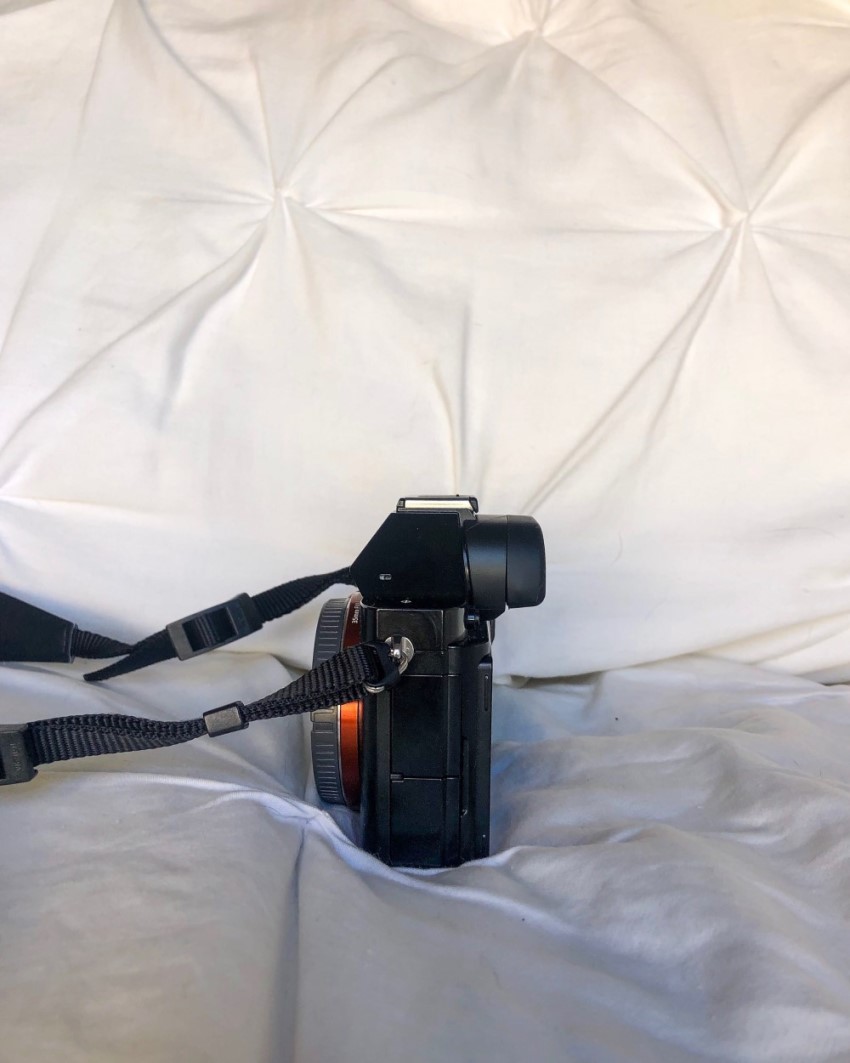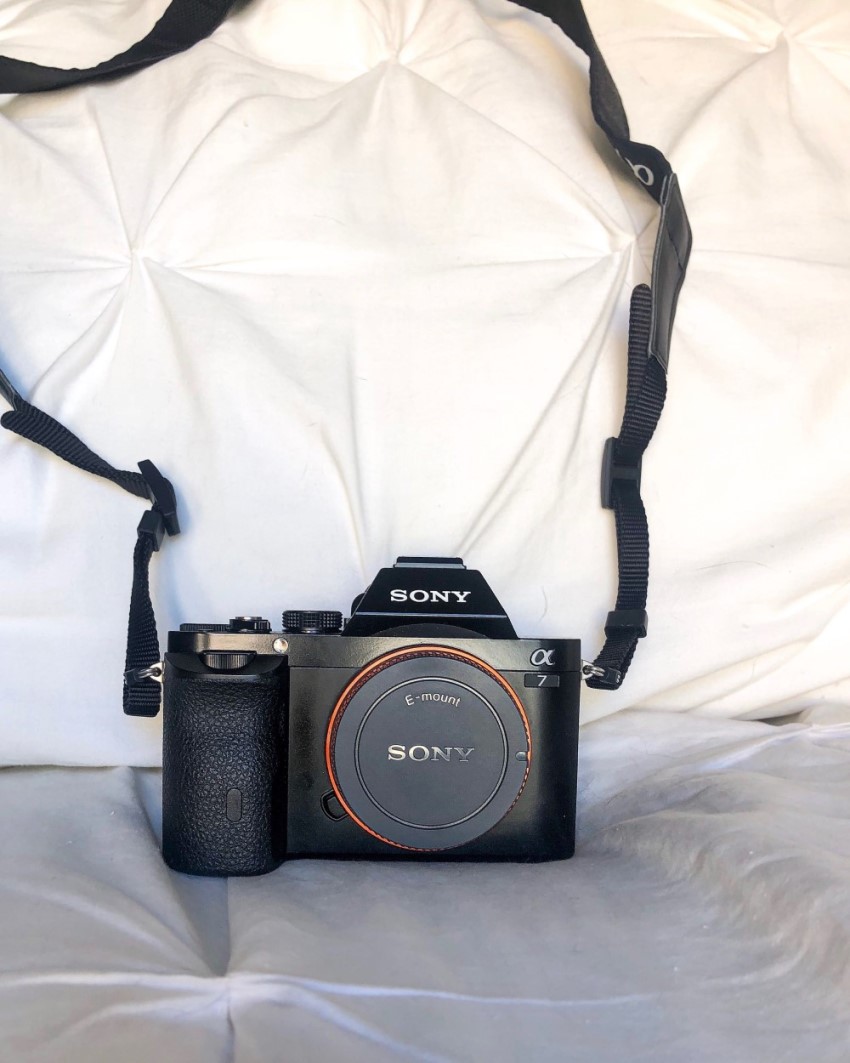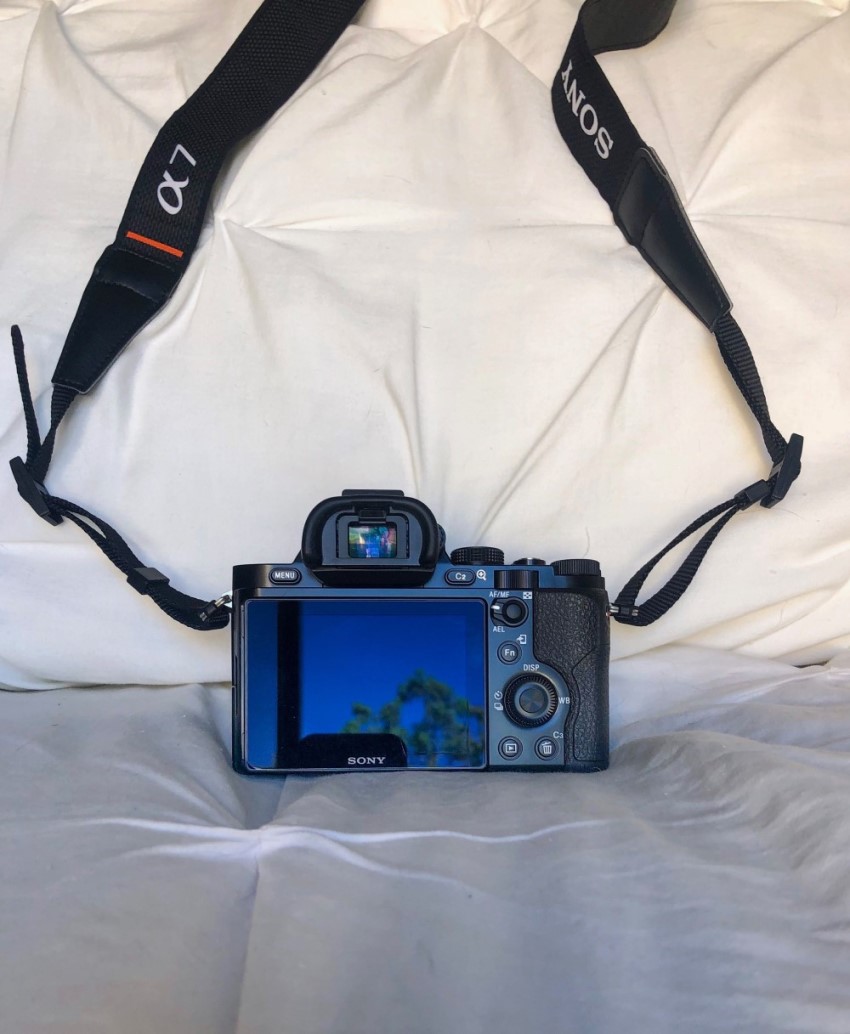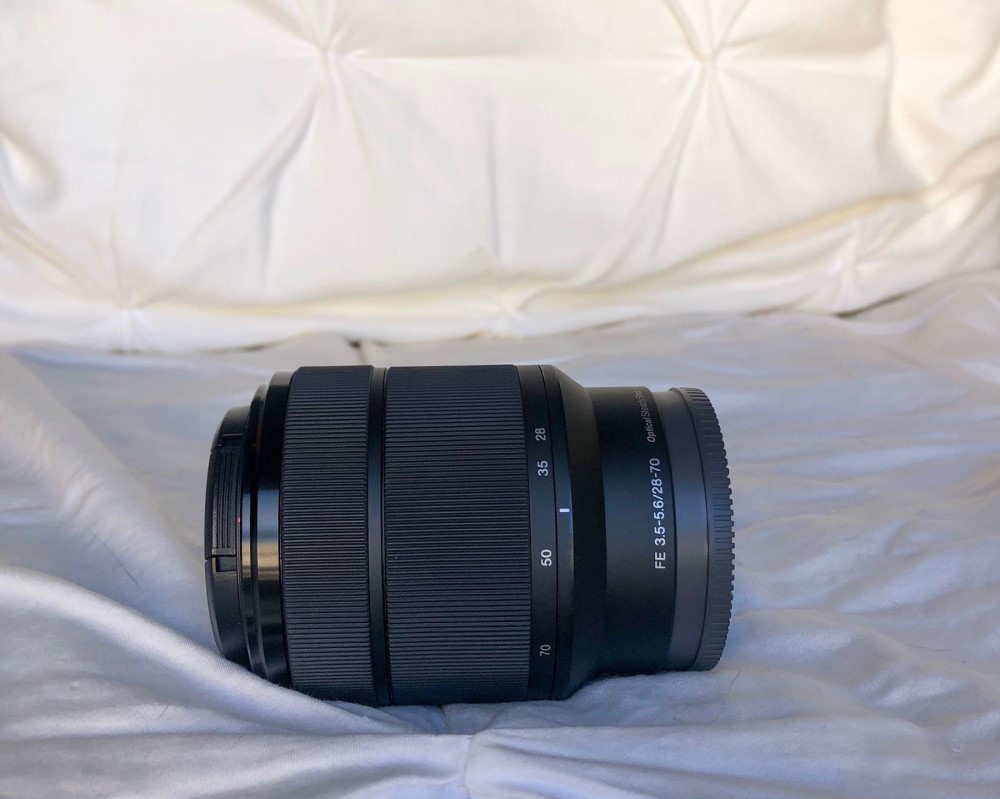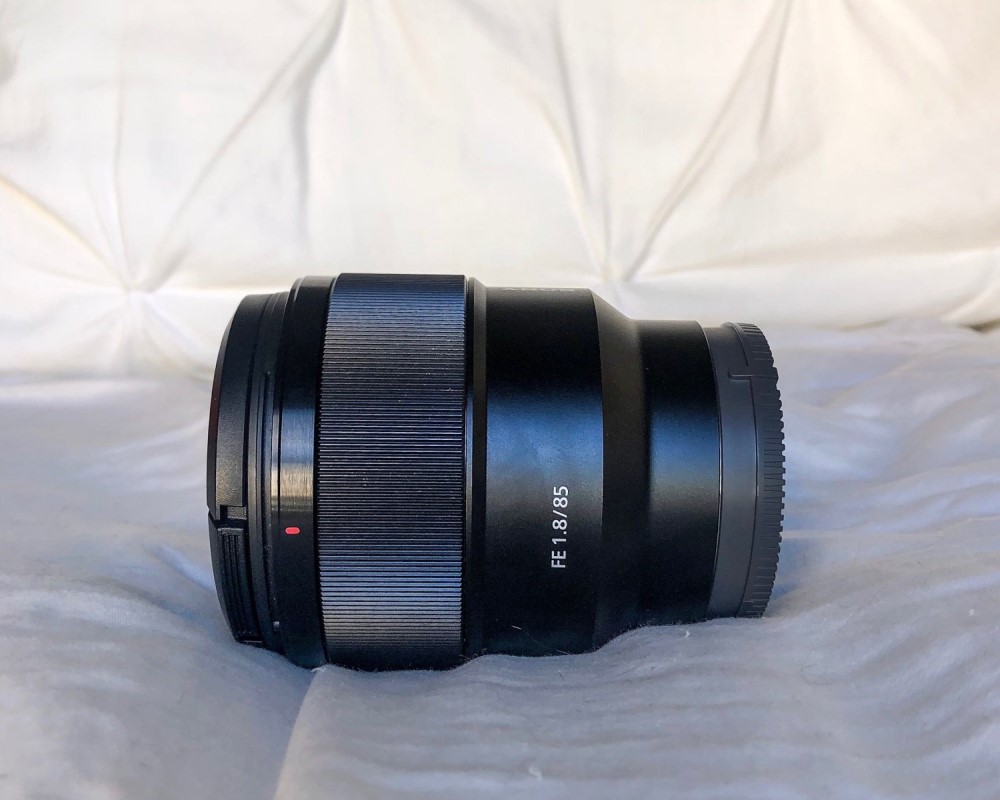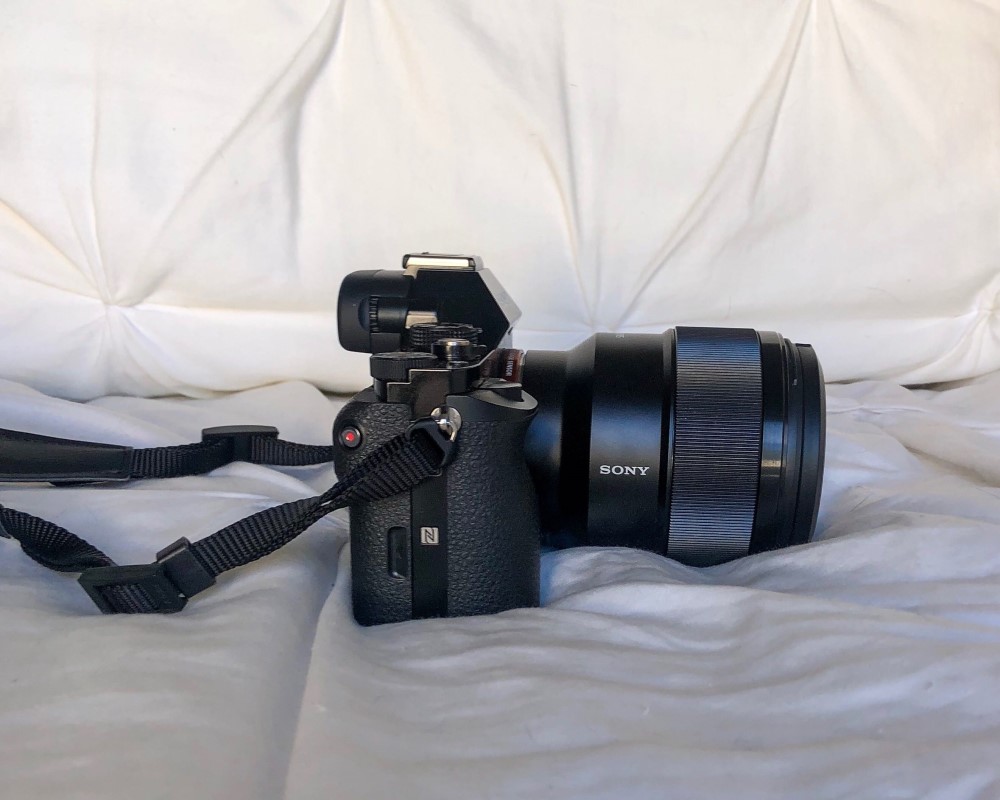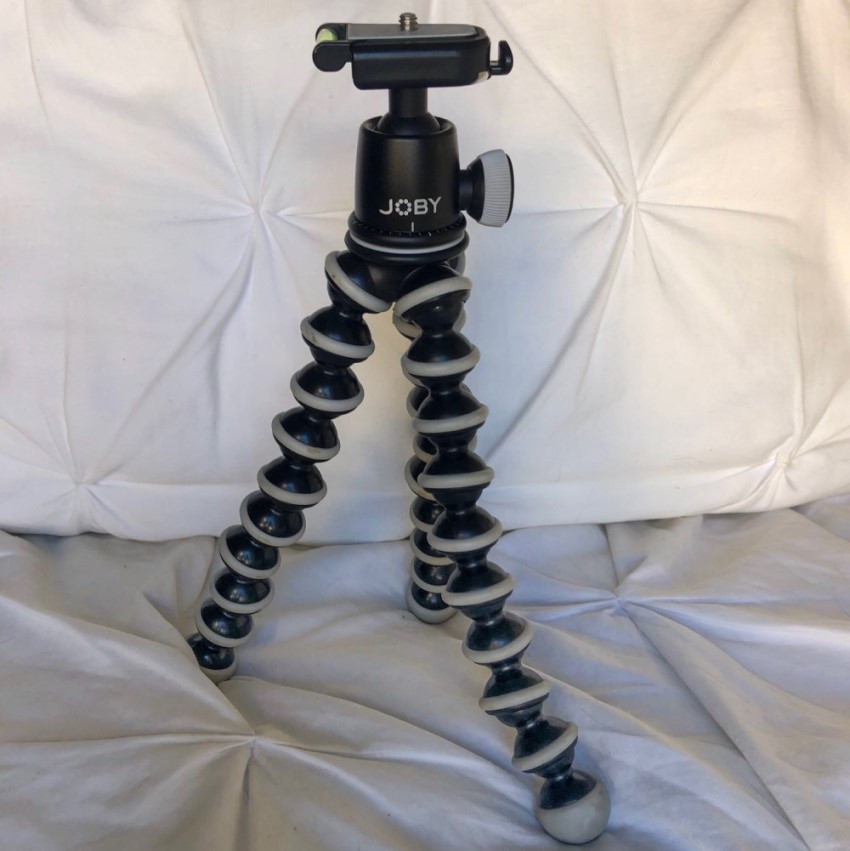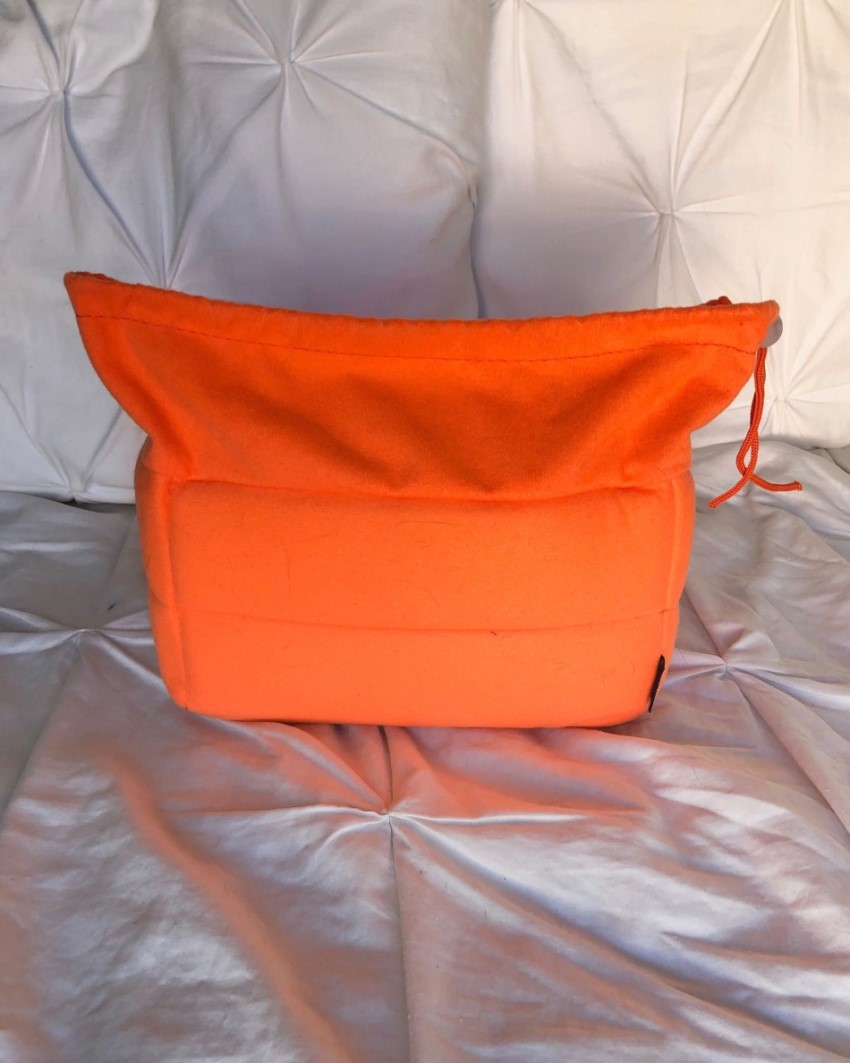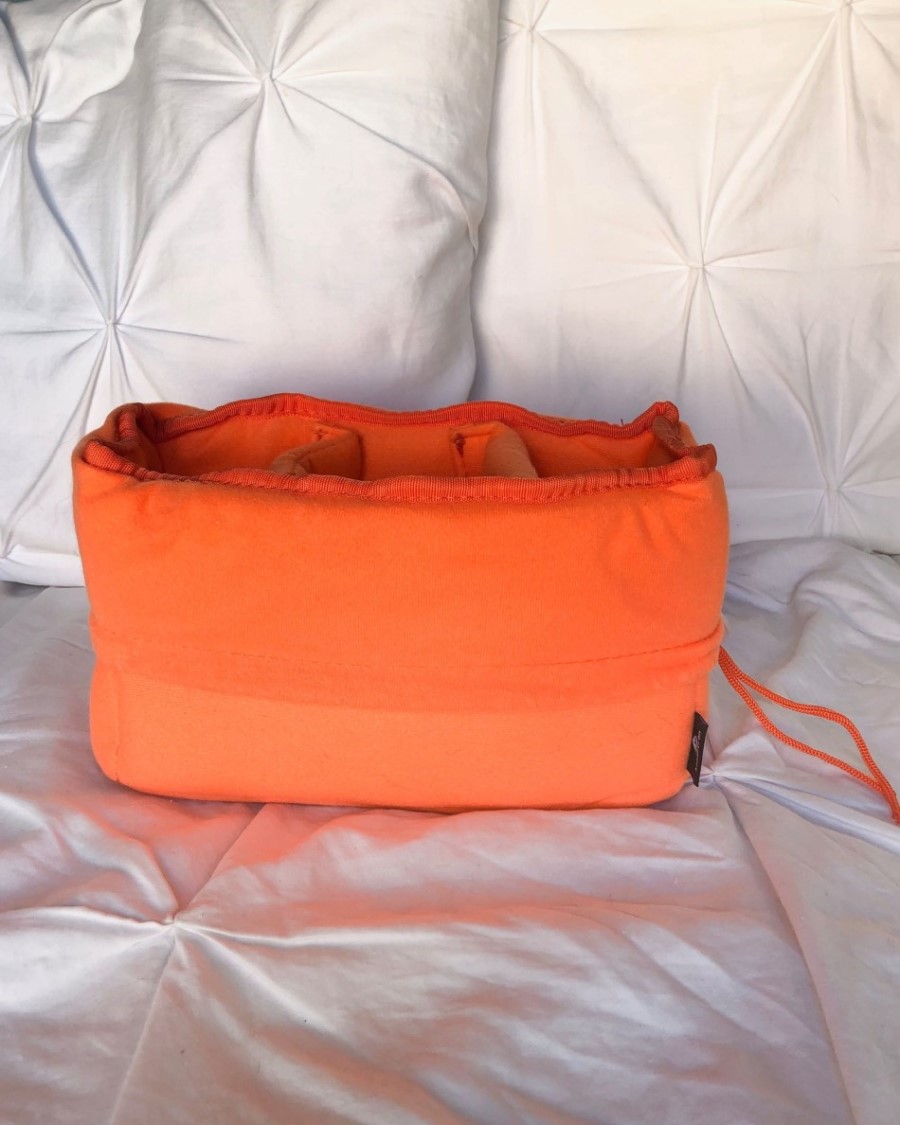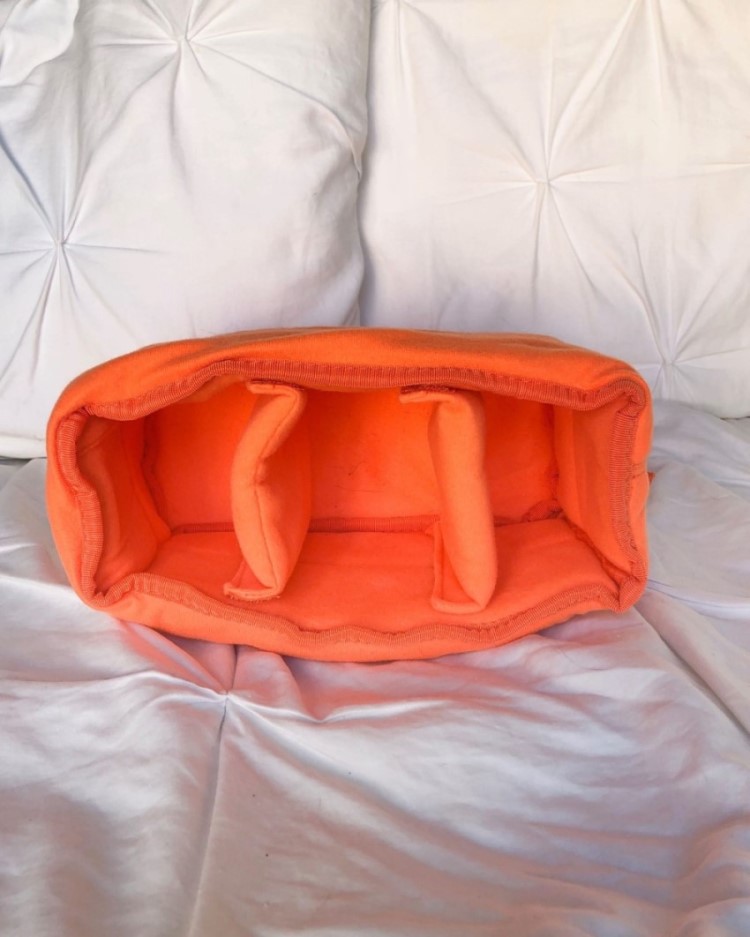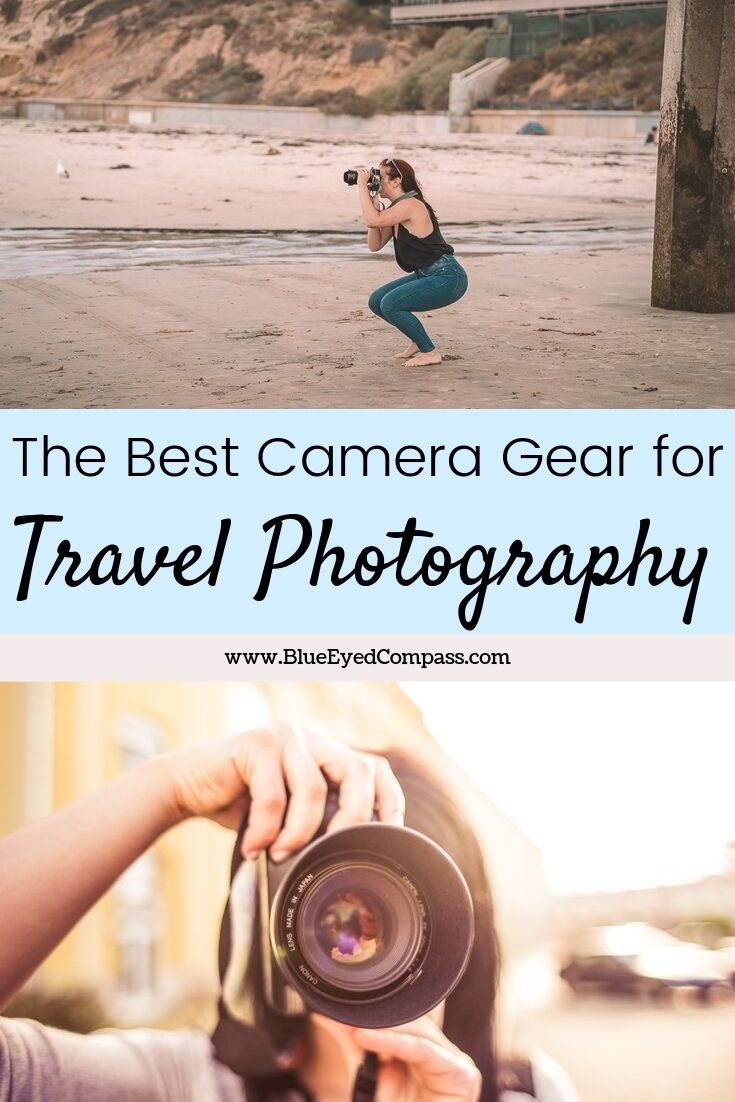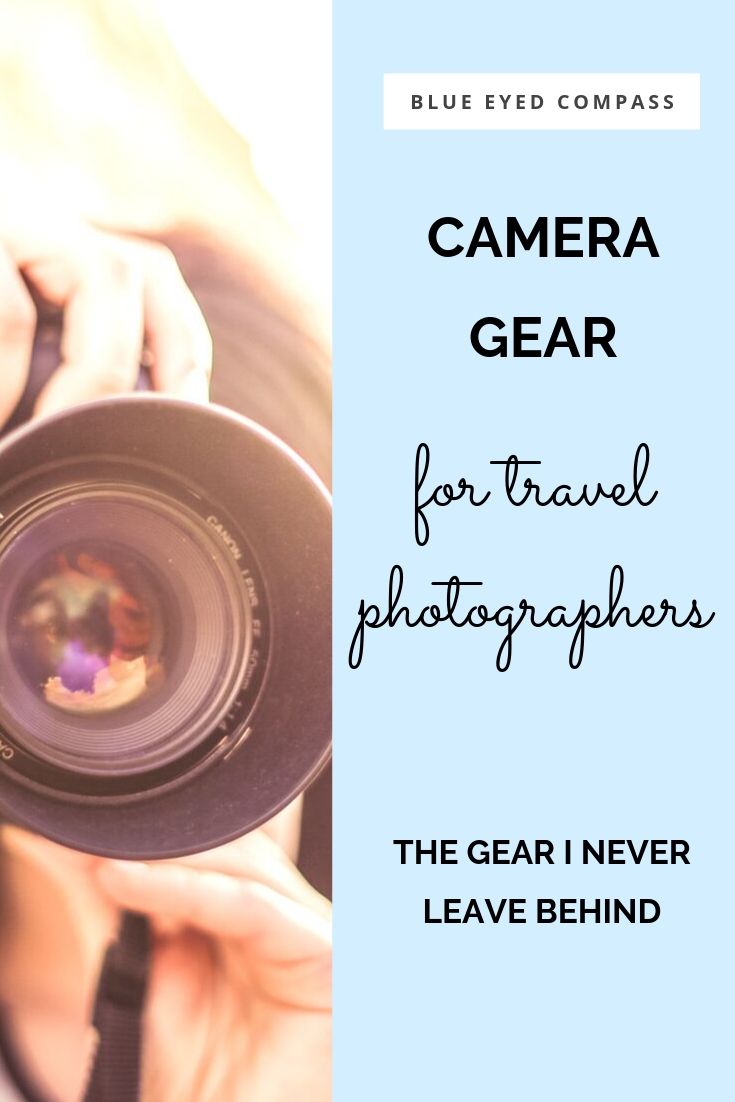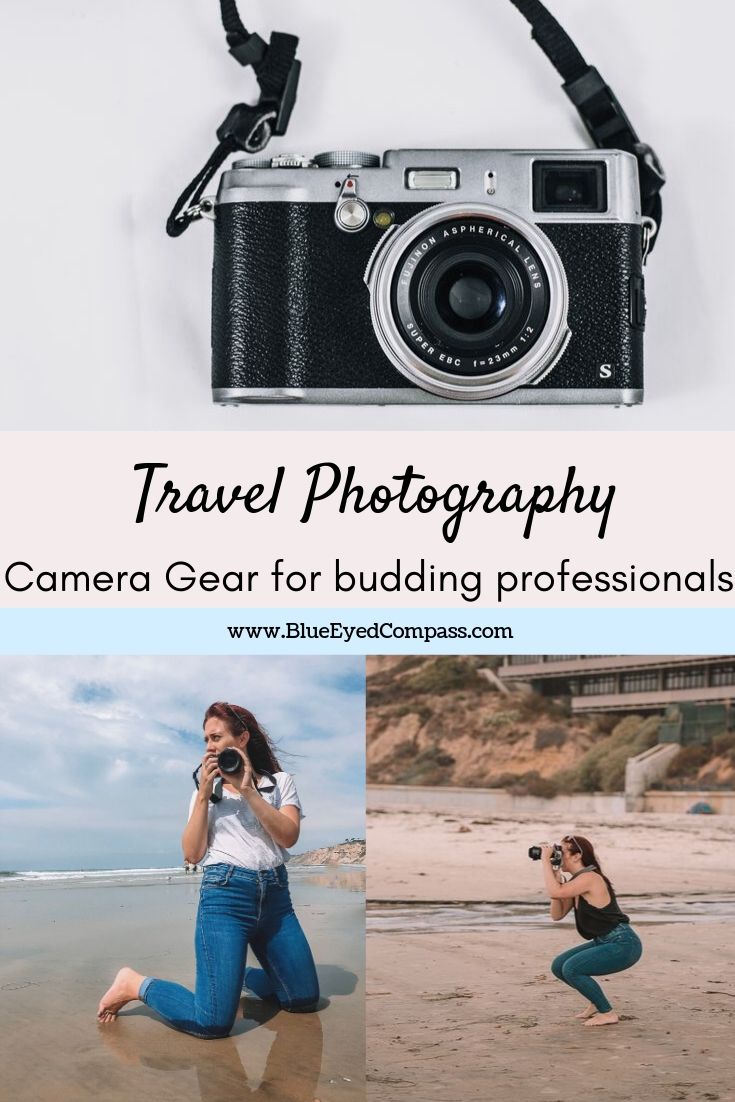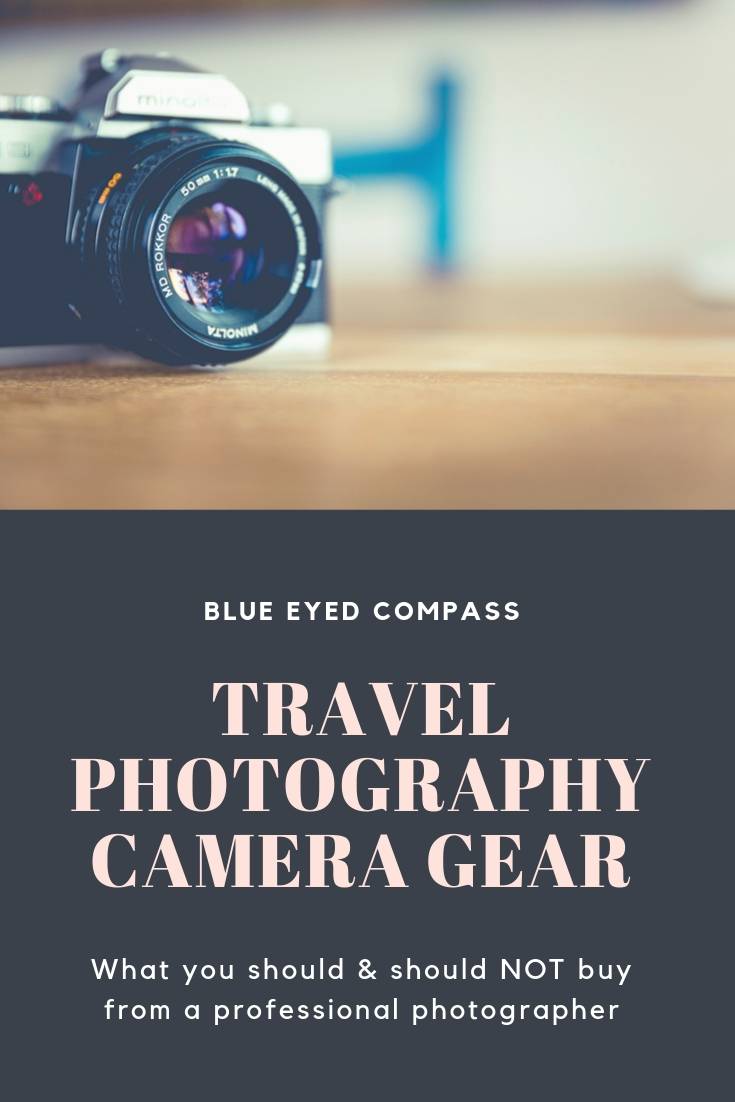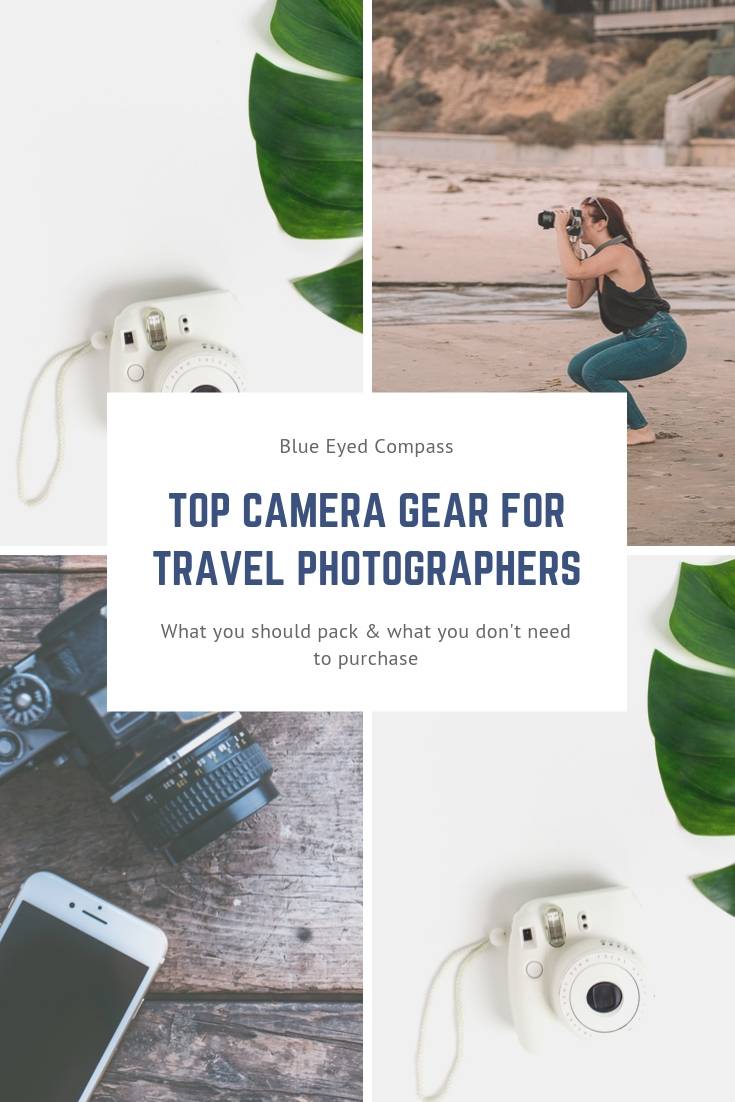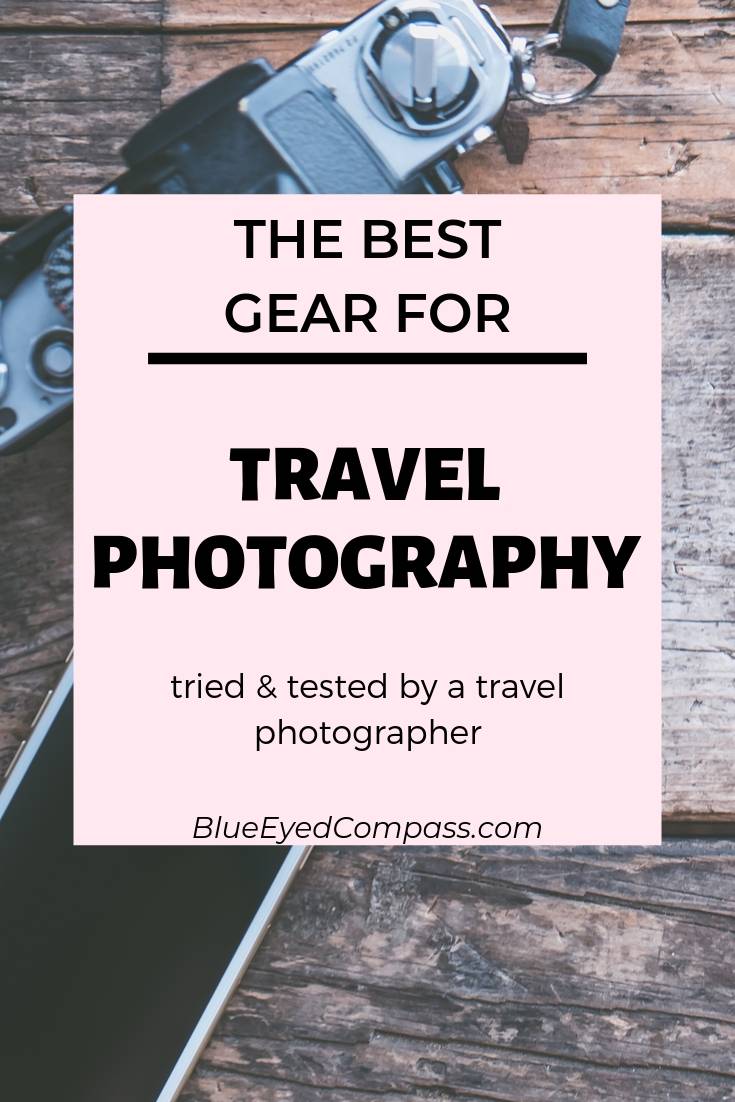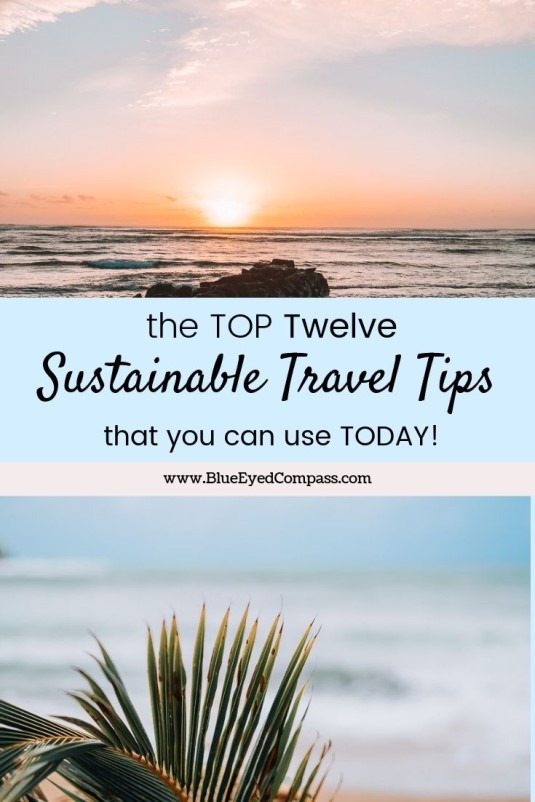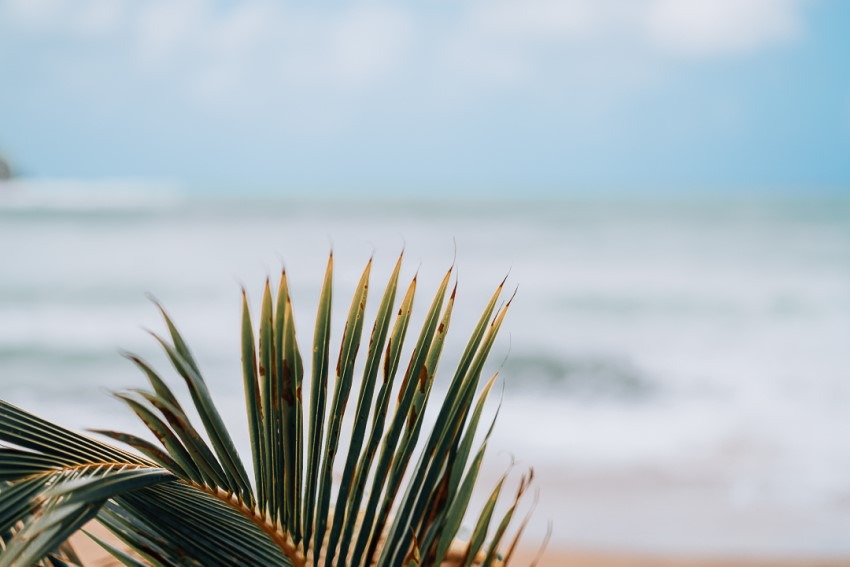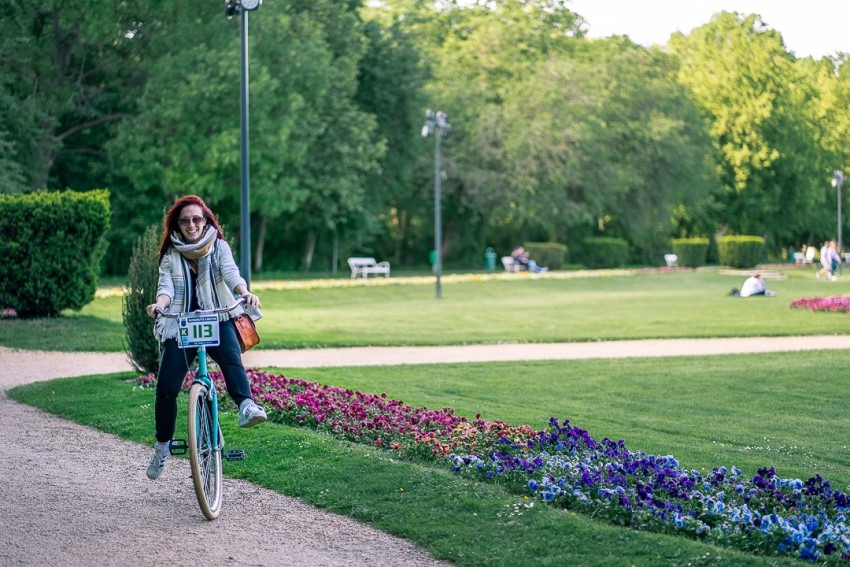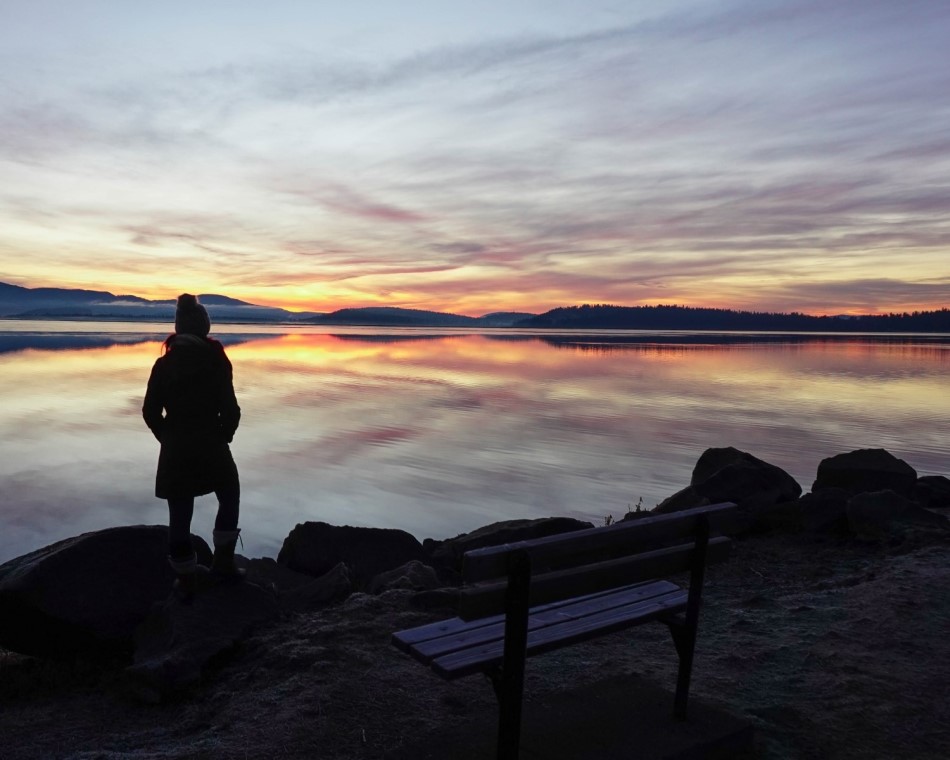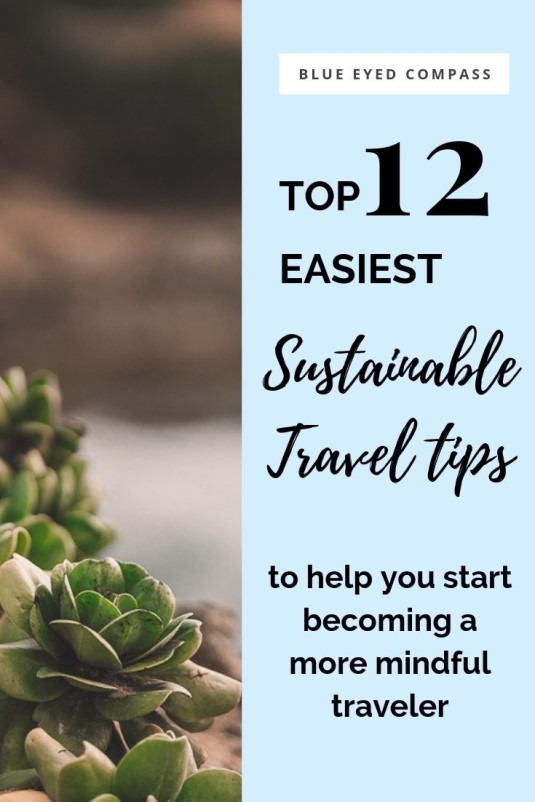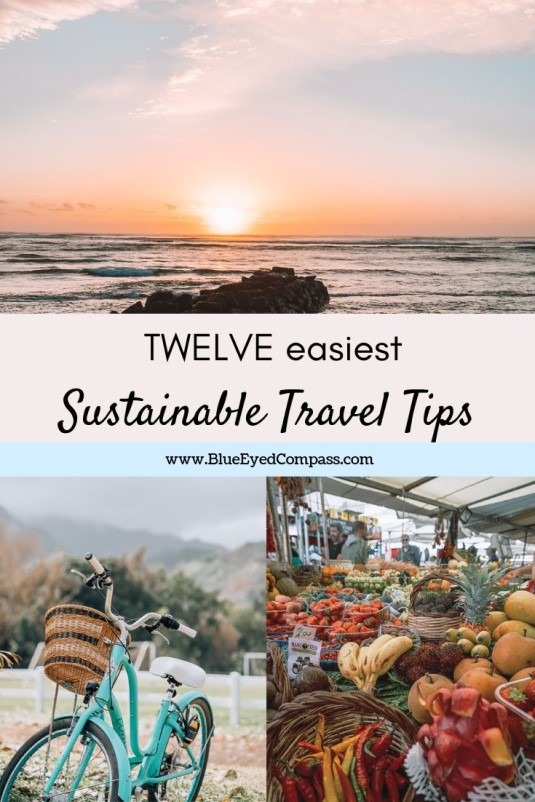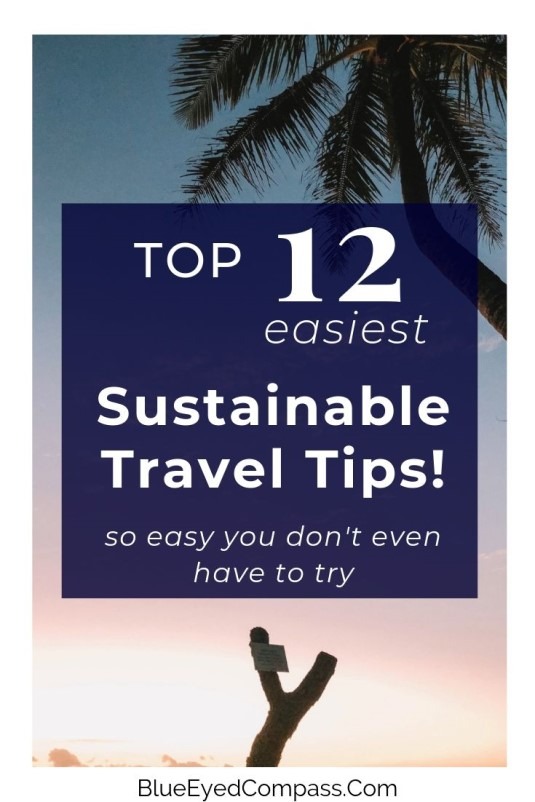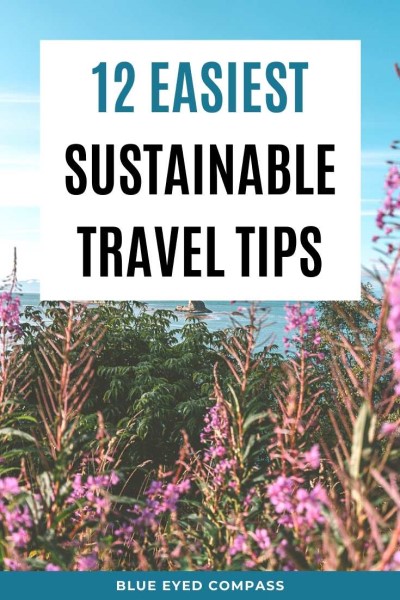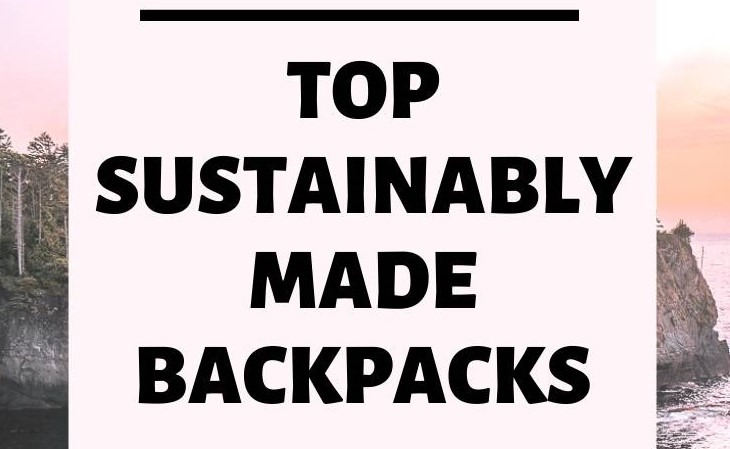
Sustainable Travel Backpacks

Best Sustainable travel backpacks every Millenial can feel proud to wear
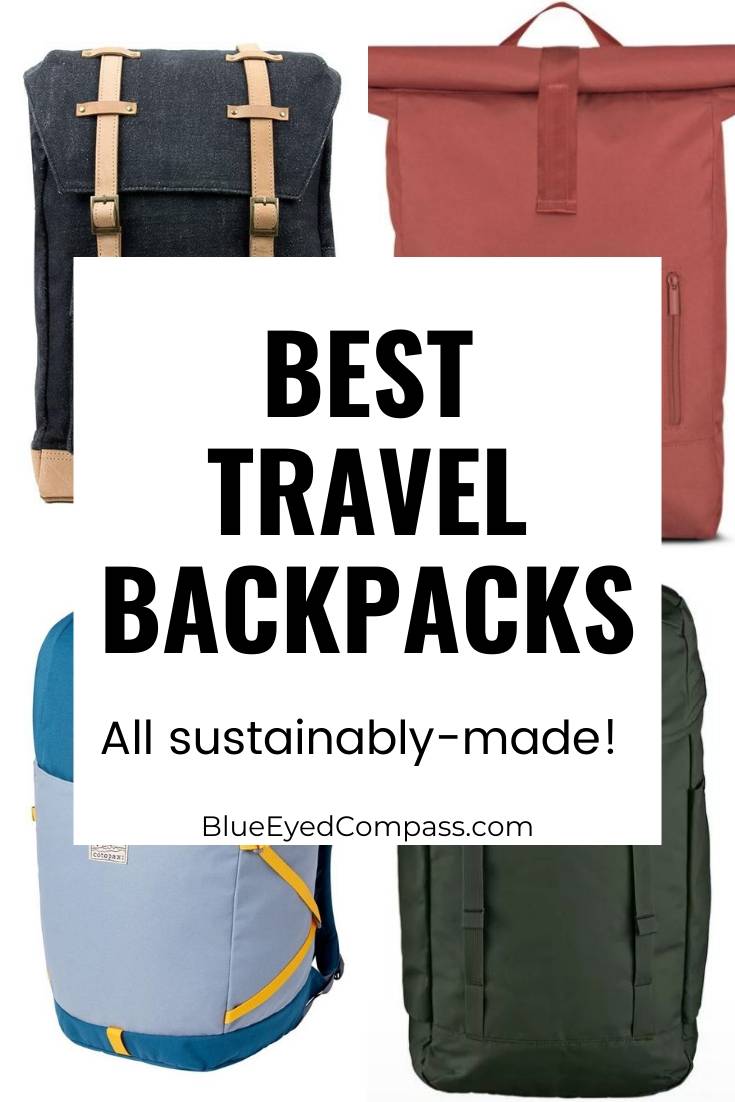
Disclosure: This page contains affiliate links to products and tours that I have used for my own travels, purchased & enjoyed. Clicking these links does not cost you anything, however doing so will support Blue Eyed Compass and allow the site to continue. THANK YOU!
All prices are correct at time of publishing. This curated list does not fully take into account all the ethical considerations that are unique to each individual. Before making a purchase, we encourage you to do your own research paying special attention to the supply chain and your own particular set of ethics.
One of THE most essential items for any traveler is a sturdy, high-quality sustainable travel backpack, and if you’re a responsible traveler then you travel light and don’t check your bags.
In fact, a sustainable travel backpack is arguably more important than having a sturdy rolling suitcase. Your backpack carries your most precious items like your laptop and camera gear (… and snacks of course! What can I say, I love good snacks when I travel)
Your travel backpack needs to be versatile for your various travel activities, reliable and rugged for any adventures you may go on (whether planned or accidental).
If you’re searching for a high-quality sustainable travel backpack then you’ve come to the right place.
Below is a comprehensive list of ethically-made and eco-friendly backpacks for you!
Have I missed your favorite sustainable brand? Let me know in the comments & I’ll research the company to add to this list!
What to look for in a high-quality, sustainable backpack
There are FIVE qualities that you should look for when searching for your perfect travel backpack:
1. Functionality & meets your specific needs:
First & foremost you must know what you’ll be using your backpack for. A backpack is meant to be a functional item to safely carry your items from point A to point B and every other place in between.
Will you be using it for work, travel, hiking, the beach?
Will it need to be water-resistant?
Do the aesthetics matter to you?
Are you in need of multiple compartments? If so, for what items?
Will a zipper close work, or is a roll-top better for your needs?
It’s important that you take the time to consider what you’ll be using your backpack for prior to investing in one. You don’t want to dislike it a year from now and waste the resources it took to create it and your own money if it doesn’t align with your needs.
2. Quality & Durability:
No matter where you plan to take your backpack, there is a good chance that you’ll be slinging it around, shoving it into compartments, and just generally submitting it to some rough wear & tear. So, it’s important to prioritize the quality and durability of the backpack over it’s appearance. Otherwise, you may end up with broken straps, zippers that can’t close or items falling out of your bag
3. Sustainably sourced materials:
Of course, I have to touch on the materials your potential new travel backpack is made out of – it’s the purpose of this entire post! There are so many beautiful sustainably made backpacks that are biodegradable, non-toxic and made with renewable fabrics (such as banana fiber, recycled plastics, and organic cotton).
And each one is less taxing on our environment than a traditional backpack you could find anywhere. More often than not, they’re also even higher quality than you would typically find!
4. Classic Aesthetic:
You want to be sure to purchase a backpack that you feel you’ll love the look of for years to come. Not only will this prevent you from over purchasing, but it will save you money. I’ve personally had bags that I’ve used for almost ten years, and I still like the way they look and continue to use them.
5. Price:
For any budget-minded individual price may be your first consideration. You need to weigh the cost in terms of all of the items listed above- quality, durability, and materials. Purchasing a high-quality, sustainably made backpack should be considered an investment.
While some may seem like a lot in cost, it’s because they are made with the highest quality materials, by a sustainably focused company who also pays fair wages and provides a safe working environment for their employees.
TOP Eco-Friendly & Sustainably made Backpacks for travelers
Please keep in mind that the companies listed below may not be 100% sustainable or ethical at this point in time. However, they are honest about where they stand and are working towards getting to that 100% mark. My rule of thumb is that if you can find this information on their website and they easily answer your questions regarding sustainability then they are reputable. If a company skirts around your questions or doesn’t provide the information online it’s a red flag, and they have something to hide.
Also! If you read a term or phrase that you don’t understand, scroll to the end for definitions, links & stats about producing sustainable products.
Here are my top recommendations for sustainably made backpacks: (in alphabetical order)
1
Beekeeper Parade
Best For: Day Trips & School
Price Range: $129
Company Sustainable Ethics: BeeKeeper Parade focuses on supporting children in Cambodia, as well as creating each item with up-cycled materials. Their website does not list specifics, it only states “Our full environmental policy will be posted here shortly.”
Backpack Perks:
- Secret top compartment for your sunglasses
- Separate laptop compartment
2
Cotopaxi
Best For: Backpack Travelers
Price Range: $70-$220
Company Sustainable Ethics: Cotopaxi is on a mission to alleviate global poverty by donating 1% of their profits and provide grants to nonprofits who align with their mission to lowering global poverty.
They’re also a certified B corporation meaning they meet the highest standards of verified social & environmental performance. Cotopaxi ensures that anyone who is apart of the process of making their items has fair, sustainable working conditions. Their materials are also hand selected to meet their high quality standards
Backpack Perks:
- Separate zipper for laptop
- Plenty of useful compartments
- Zipper close with magnetic button
- Padded back panel & shoulder straps for comfort
- Weather resistant finish
- Fits under most airline seats
Cotopaxi Backpack Pros/Cons:
Cons: not all materials used are entirely eco-friendly
Pros: Stellar standards on all aspects, not just materials, customers can customize items, and some are very colorful
3
Est Wst
Best For: artisan inspired travelers
Price Range: $100-$175
Company Sustainable Ethics: Est Wst states they are a collection of partnerships, meaning they focus on where the materials and items are coming from and that every item they purchase has an impact somewhere in the world.
They utilize traditional artisan processes and source natural fibers for their products. They also use recycled packaging!
Backpack Perks:
- Waterproof liners made from recycled plastics
- Organic cotton & vegetable tanned leather
- Each item is handmade in the USA
- Laptop pocket
4
Everlane
Best For: affordability & modern style
Price Range: $35-100
Company Sustainable Ethics: Everlane uses what they call ‘radical transparency’ with their consumers. They focus their efforts to find and work with the best factories around the world, and ensure employees receive fair wages, work in safe environments and have reasonable working hours
Backpack Perks:
-
Exterior laptop pocket
-
Roll through strap to attach to rolling luggage
-
Many backpacks are made with recycled polyester
Everlane Backpacks Pros/Cons:
Cons: not all items are made of 100% sustainable materials, BUT they’re working on it
Pros: classic, minimalist looks that will look good for years & transparent about their costs & retail pricing
5
Fjallraven Hiking Backpacks
Best For: comfy unisex backpacks
Price Range: $55-$225
Company Sustainable Ethics: Fjallraven practices sustainability throughout its entire manufacturing process. They use nontoxic, natural and recycled materials, enforce fair production practices, and their code of conduct supports animal welfare, environmental protection and anti-corruption.
Fjallraven also belongs to the Sustainable Apparel Coalition and the Fair Labor Association.
Backpack Perks:
- Water resistant bags
- Very durable
- Recycled nylon & polyester and organic cotton to withstand extreme weather conditions and everyday use.
6
grünBAG
Best For: day pack or work
Price Range: $120-$200
Company Sustainable Ethics: grünBAG is a Denmark company that only uses industrial materials that would otherwise go to waste, such as tarpaulin (material used for truck covers & party tents). Their straps are made of recycled plastic, and interiors made from mesh banners that were used as advertising banners in Denmark. Even their shipping material is recycled cardboard. Some of their bags are vegan, while a few are made with real leather. You can read more about their materials here.
Backpack Perks:
- Roll over close so can squeeze in more items
- Waterproof
- Many bags are made-to-order
grünBAG Backpacks Pros/Cons:
Cons: not many compartments to organize your items
Pros: excellent company moral for sustainability & customizable & made to order
7
Haiku Trailblazer Backpack
Best For: airplane carry on backpack
Price Range: $140
Company Sustainable Ethics: Haiku backpacks are made entirely of CyclePET, a durable polyester fabric made from post-consumer beverage bottles.
Backpack Perks:
-
Separate zippered compartment for your laptop makes for ease of access, fits most 15” laptops
-
Hidden zip pocket on back panel for your passport or cell phone
-
Great dimensions for most airline carry-ons. Measures 18” H x 11” W x 7” D
8
Johnny Urban
Best For: carry on backpacks & day packs
Price Range: $50-$100
Company Sustainable Ethics: Bags are made from 100% recycled plastic, cotton canvases and a PFC-free agent to prevent pollutants from entering the environment
Backpack Perks:
-
Roll top close
-
Classic designs
-
Fits 18L
-
Very lightweight
Johnyy Urban Backpacks Pros/Cons:
Cons: not all of their products are 100% sustainably made
Pros: classic design that you’ll like for years
9
Kathmandu Outdoor Adventure Backpacks
Best For: outdoor adventurers & frequent fliers
Price Range: $60-$500
Company Sustainable Ethics: Kathmandu has done a terrific job on multiple fronts for a sustainable impact. They focus on workers rights and have created 5-star green buildings. And they use sustainable materials such as recycled cotton, recycled polyester, and sustainable wool.
Backpack Perks:
- Rolltop to easily compress bag size
- Laptop case removes with ease
- Sustainable materials including Ripstop nylon; a woven fabric known for reducing tearing in your pack
- My choice, the Federate Adapt backpack, can be used for travel, work or hiking
10
Lo & Sons
Best For: minimalist styles with expert functionality
Price Range: $100-$450
Company Sustainable Ethics: A happily evolving company, Lo & Sons has set specific goals to transition their products to be made more sustainably. Currently 15% of their products are done so by using recycled poly, a polyester-like fabric made from recycled water bottles.
They also have an organic cotton collection. This cotton is created without pesticides & chemicals, which means there will be ZERO excess nitrogen leaking into our bodies of water (nitrogen threatens sea & plant life)
Backpack Perks:
- Timeless pieces that will last for a long time
- Made for suitcases with a luggage sleeve to slide your bag onto easily
- Each piece is made with frequent travelers in mind, meaning each has compartments, adjustable sleeves and high durability
Lo & Sons Backpacks Pros/Cons:
Cons: majority of their items are not sustainably made, neither is their packaging
Pros: they are actively working on rectifying those packaging issues & their sustainable goals are specific, which means they are holding themselves accountable
Discover more about Sustainable Travel & how easy it can be for anyone to help the planet
11
Looptworks Upcycled Backpacks
Best For: modern style
Price Range: $60-$600
Company Sustainable Ethics: Looptworks is working on creating closed-loop solutions to manufacturing new items. They upcycle materials that would otherwise end up in landfills or be incinerated and create beautiful, modern backpacks. They produce their items in factories that follow fair labor laws.
Backpack Perks:
- 100% upcycled material backpacks
- More than just backpacks! They also have smaller handbags & apparel
- Many items are limited supply, so there’s opportunity to own something unique
12
Mafia Bags
Best For: water sport athletes for wetsuit storage
Price Range: $70-$200
Company Sustainable Ethics: Mafia Bags creates their backpacks using sails (windsurfing, kitesurfing & sailboat sails). They partner with athletes and sailors from around the world to donate their used sails. Mafia Bags is also a Certified B Corporation!
Backpack Perks:
-
Each bag is created by hand, so each is unique
-
Made from used sail material
-
Lifetime guarantee
Mafia Bag Backpacks Pros/Cons:
Cons: not 100% made from sustainable material. They source locally in the US which is great, but their buckles and webbings don’t seem to be sustainably made
Pros: each piece is totally unique, shipping material is recyclable & if you donate a sail you get a bag for free!
13
Matt & Nat
Best For: stylish bags for day trips or flights
Price Range: $110-$300
Company Sustainable Ethics: Matt & Nat are a 100% vegan products company. Every item lining is made out of recycled plastic bottles. Cork and rubber are used for other items, and their vegan leather is made with PU (polyurethane) and PVC (polyvinyl chloride).
Matt & Nat frequently visit their factories to ensure that fair labor practices are being used and for the integrity of their products. And they promote upcycling of bags once a customer no longer wants to use their Matt & Nat purchase.
Backpack Perks:
- 100% sustainably made
- Beautifully crafted pieces
- Each item has unique features
14
Millican
Best For: adventure travelers
Price Range: $115-$200
Company Sustainable Ethics:
This English based company uses natural organic cotton, organic wool and vegetable-tanned leather. Recycled polyester and PET are also staples in their product development
Backpack Perks:
-
Heavy duty & waterproof canvases
-
Items are available in varying sizes depending on your needs
-
Their newer Maverick collection is created with Bionic® Canvas, which contains recycled plastics recovered from waterways & shorelines.
-
Classic neutral colors
-
Lifetime warranty
Millican Backpacks Pros/Cons:
Cons: they use leather
Pros: they are testing the use of vegan leathers & they are transparent with which textile specialists they partner with
15
Patagonia
Best For: multi-use versatility for outdoor types, school, work, or travel
Price Range: $50-$300
Company Sustainable Ethics: Patagonia has been a leader in sustainabile practices for decades. Not only are they leaders for promoting fair labor practices & safe working conditions throughout their entire supply chain, they use so many sustainable materials for every one of their items (backpacks and more!) Check them out here.
Backpack Perks:
- Every item is multi-purpose & versatile
- Their ironclad guarantee
16
Pinqponq
Best For: travelers who love versatility
Price Range: $175-$300
Company Sustainable Ethics: Each Pinqpong backpack is made out of 43 recycled PET-bottles and treated with a PFC-free (an innovative, nature-inspired approach to achieving water repellency without requiring the use of perfluorocarbons) water & stain repellents to prevent toxic chemicals from being used in their supply chain.
They are totally transparent about their manufacturing production, and work with audited factories in Vietnam.
Pinqponq is also Bluesign® certified and a member of the Fair Wear Foundation
Backpack Perks:
- PinqPonq Bags can transition into duffels
- Laptop compartment
- Removable & adjustable straps
- Water & stain repellent
- Made with vegan materials
Pinqpong Backpacks Pros/Cons:
Cons: the images of the bags make them look bulky (but I can’t speak from experience)
Pros: very transparent & continuing to improve their environmental footprint
17
Pixie Mood
Best For: stylish travelers with feminine flare, school
Price Range: $80-$100
Company Sustainable Ethics: Pixie Mood creates 100% cruelty free, vegan backpacks and also focuses on fair trade practices
Backpack Perks:
-
They have a wide range of sizes & styles
-
Bags are made with vegan leathers & suedes
18
Qwstion
Best For: work, daypacks
Price Range: $200-$350
Company Sustainable Ethics: Qwstion makes their bags using organically grown fibers such as high-density cotton canvas and Bananatex®, a fiber they make out of bananas, and vegetable-tanned leather among other high quality & sustainable materials. They also source directly and work in conjunction with their suppliers to ensure quality.
Backpack Perks:
-
Stylish design
-
Padded laptop compartment
-
Detachable handles, so can be worn as a backpack or a tote bag
-
Water resistant
Qwstion Backpacks Pros/Cons:
Cons: very expensive, use leather for their straps and lack of compartments in some bags.
Pros: they use unique, sustainable materials for their bags & have excellent partnership with their suppliers to ensure quality
19
Rewilder
Best For: travel, work & school
Price Range: $50-$120
Company Sustainable Ethics: Rewilder is comprised of a pair of women who use 100% salvaged, high-performance materials from various industries like the auto or beverage industries. Everything is collected & created in California so they’re not using fossil fuels on transportation.
Backpack Perks:
- Every item is made with strong, durable material such as airbags & beer fiber cloths
- PETA approved vegan
- Laptop compartment
Did you know that sustainable travel is more than carrying a reusable water bottle?
20
Rust & Fray
Best For: stylish day packs
Price Range: $35-$300
Company Sustainable Ethics: Rust & Fray make their backpacks entirely out of upcycled materials that they source from manufacturing factories. They hunt for high quality pieces that would otherwise have been discarded and make them into one of a kind bags. They also partner with underprivileged individuals to help create the bags.
Backpack Perks:
- Made entirely out of upcycled materials
- Each bag is one of a kind piece
Rust & Fray Backpacks Pros/Cons:
Cons: their backpacks are not for long travels, but more for day time explorations
Pros: 100% upcycled materials
21
Sandqvist
Best For: frequent flyers & hikers
Price Range: $130-$400
Company Sustainable Ethics: From materials to factory conditions, Sandqvist has great sustainable ethics in their backpack production. They use organic cotton, which uses ZERO chemicals, farmed by small-scale farmers. And any synthetic materials are recycled from post-consumer waste. They ensure that farmers are paid good wages with good working conditions.
Sandqvist also proudly boasts their repair shop where you can send in any old item for repair or return for a secondhand sale & receive a 20% discount off of a new item!
Sandqvist is also a member of the Fair Wear Foundation.
Backpack Perks:
- Rolltop & zip closures
- Laptop compartment
- Rugged & stylish
22
Solgaard
Best For: frequent travelers as a carry on backpack
Price Range: $115-$180
Company Sustainable Ethics: Solgaard has upped their sustainability efforts with a pledge to pull 1 million pounds of plastic waste from our oceans by the end of 2020 – for each item sold they pull 5lbs of plastic, and do so by partnering with The Plastic Bank.
Plus each backpack is made from upcycled plastic!
Backpack Perks:
- Solar powered charger for your phone
- Anti-theft lock
- Secret compartments for important items (passport, money)
- Drop-proof laptop sleeve
Solgaard Backpacks Pros/Cons:
Honestly, all I can find are pro’s with Solgaard
23
Tentree (Mobius Backpack)
Best For: carry on backpack, hikers & adventure travelers
Price Range: $118
Company Sustainable Ethics: The name says it all, Tentree plants ten trees for every item purchased! The Mobius backpack is made almost entirely out of recycled materials such as recycled polyester, algae, and plastic bottles
Backpack Perks:
-
Made with 31 recycled plastic bottles
-
Can be configured into 3 different size capacities
-
4 way zipper allows for easy access to any pocket
-
Padded front pocket for electronics
-
Additional smaller compartments
24
Timbuk2
Best For: work, travelers or weekend getaways
Price Range: $99-$250
Company Sustainable Ethics: Timbuk2 is another brand known for durability in their backpacks. This San Francisco local company uses only Bluesign® certified mills to source their materials.
They also support their own repair shop where customers can send their damaged (from use) items to, or DIYers can purchase spare parts to fix it themselves.
Timbuk2 has also partnered with The Renewal Workshop for unusable bags to be donated to
Backpack Perks:
- Lots of styles of backpack to choose from
- Many backpacks are versatile in use
- Multiple compartments
- Padded laptop sleeves
- Lifetime warranty
Timbuk2 Backpacks Pros/Cons:
all Pros here!
25
United by Blue
Best For: adventure travelers
Price Range: $32-$180
Company Sustainable Ethics: Based in my hometown city of Philadelphia (although kind of, not really, because I was raised in the suburbs outside of Philly), United by Blue is working diligently to clean up our oceans & waterways. They host cleanups throughout the country and educate their customers on the negatives of single use plastics.
For each item purchased they remove one pound of trash from waterways. Each backpack is made sustainably using recycled polyester, organic cotton and bison (*I’m guessing the Bison is the hide from the animal. The company states that “Repurposes the ranching industry’s unused – and often discarded- materials”). United by Blue is also a Certified B Corporation.
Backpack Perks:
- Laptop sleeve
- Multiple pockets for organized storage
- Many backpacks convert to totes
- Water repellent
- Lifetime guarantee
26
WAYKS
Best For: frequent travelers looking for a stellar carry on backpack
Price Range: $200-$285
Company Sustainable Ethics: WAYKS has the most thought out travel backpack that I have seen. Combine that with their sustainability efforts & you have a top contender for best sustainable travel backpack. They partner with a manufacturing company that utilizes Bluesign® and they are a member of the Fair Wear Foundation. Their backpacks are made out of recycled PET and are PFC free!
Backpack Perks:
-
Versatile bags, thoughtfully designed
-
Removable back padding
-
Roll top closures
-
Internal organizers
-
Side zipper for easier access to your laptop
-
Multiple compartments
WAYKS Backpacks Pros/Cons:
Cons: price is a bit high for many budget travelers, with no lifetime guarantee
Pros: they focus on creating durable AND versatile products so that they don’t have to over produce anything & are a member of Fair Wear Foundation
ADDITIONAL RESOURCES & FACTS & DEFINITIONS
If you saw a term or phrase that you didn’t understand, read below for definitions, links & stats about producing sustainable products.
*Using recycled polyester, instead of virgin polyester, cuts energy by 50%, saves 20% on water & reduces air pollution by 60%. Recyled Polyester is typically made out of plastic bottles.
*Less than 5% of plastics produced are recycled, which is why it’s important to support brands that utilize recycled materials
*Textile dyeing & treatment contributes up to 20% of industrial water pollution (much of which happens in third world countries
*8 million tons of plastic enter our oceans each year. With plastic bottles making up 1.5 million of those tons annually
*Negatives of Crude Oil (for polyurethane) is that it has been known to have harmfully toxic effects on the body
–Bluesign® defines the standard for environmentally friendly and sustainable materials.
–Fair Wear Foundation is an independent multi stakeholder organisation that works with garment brands, garment workers and industry influencers to improve labour conditions in garment factories
–GOTS certified is a textile production certification that limits the use of toxic bleaches, dyes and other chemical inputs during the production process of textiles. It is internationally recognized as the toughest organic textile standard because it goes far beyond verifying the organic farming process to include every step of manufacturing.
–Recycled PET– PET is polyethylene terephthalate (gotta love a long, scientific word… and it’s acronym), and is used in almost every ‘recyclable’ item. It’s easily recycled, so it can be used again & again to make new products.
–PFC free– PFC stands for Perfluorocarbons, and is often what is used to create water repellent materials. It’s been linked to major health issues. So a product that is PFC free is a good thing.
Made Trade
Made Trade curates the most exceptionally designed, ethically-sourced goods from artisans and makers around the world. They hand select only the best fair trade, sustainable, USA made, vegan and heritage products. They carry backpacks from brands like Nisolo, Svala, and Alchemy Goods.
You can find more easy to do sustainable travel tips and travel guides here OR subscribe below to receive a monthly newsletter with travel updates!
Pin me for Later!
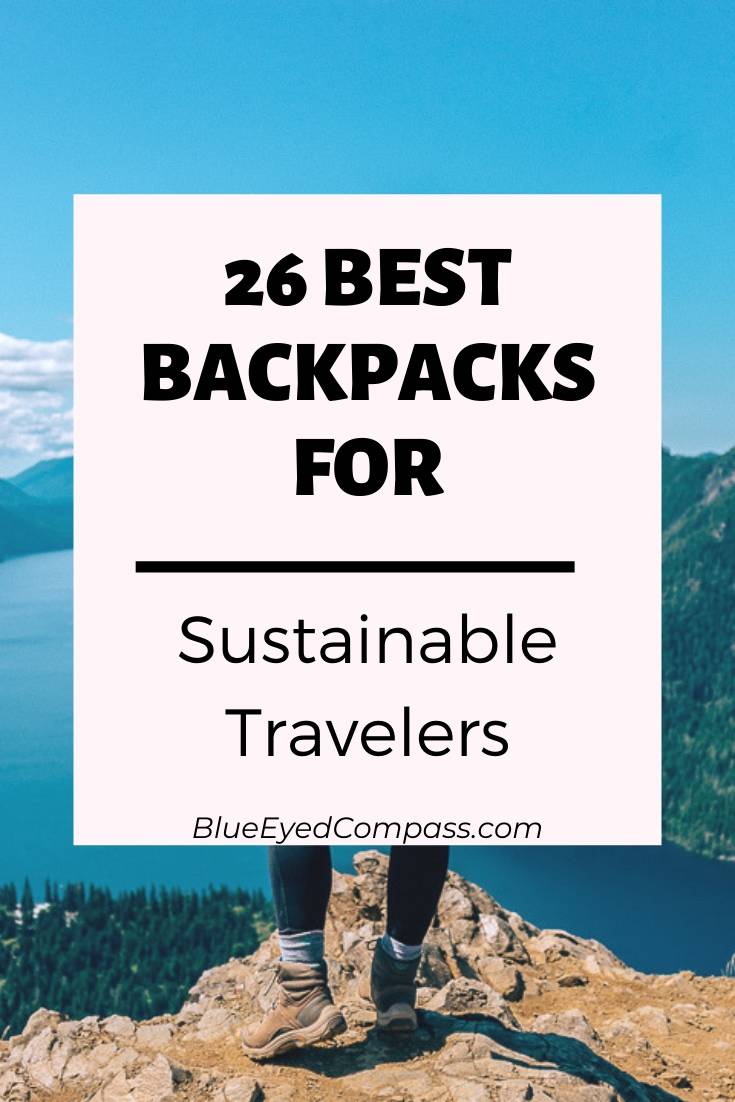

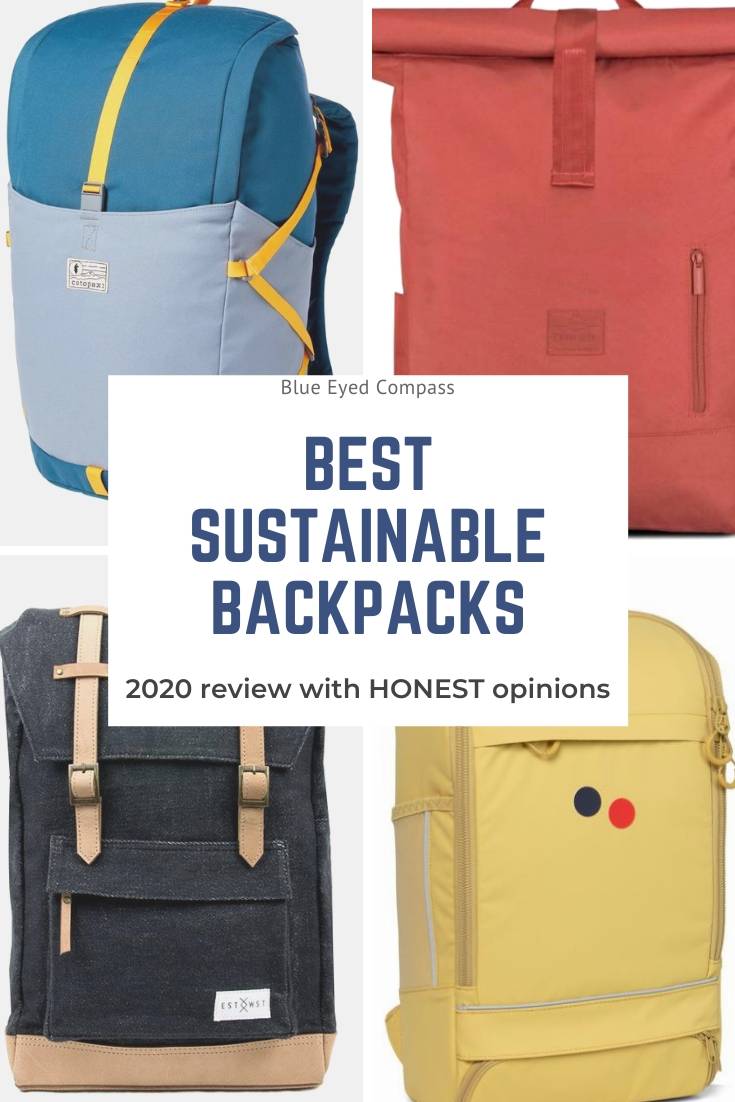




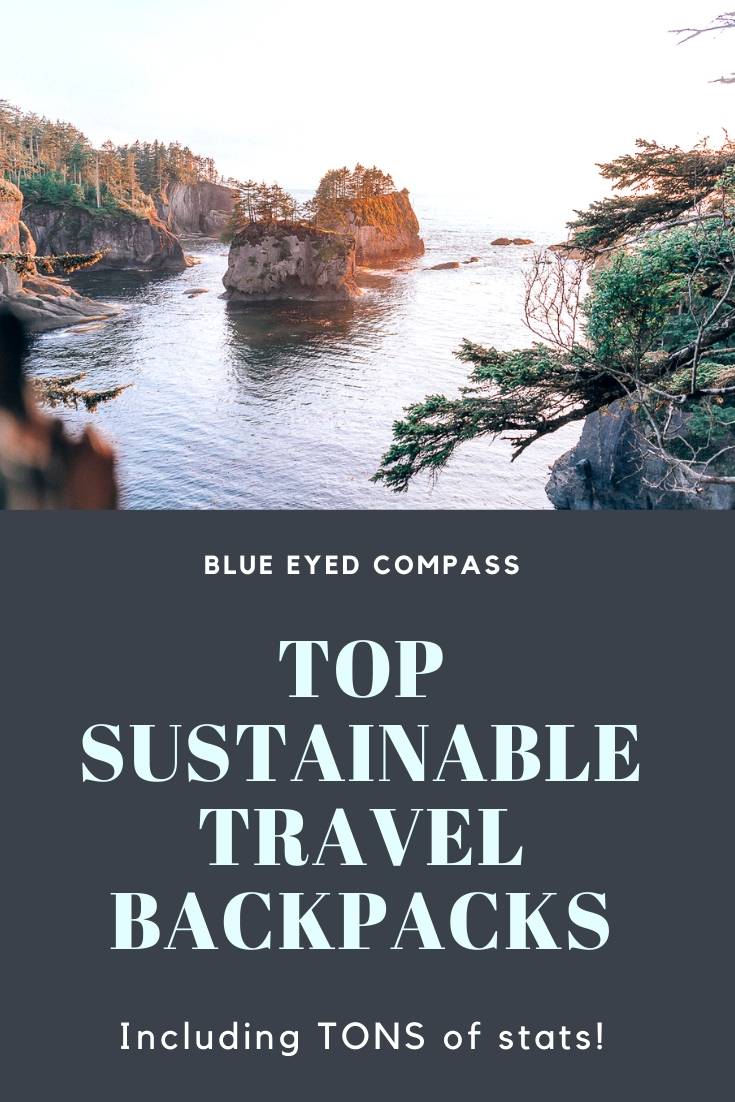

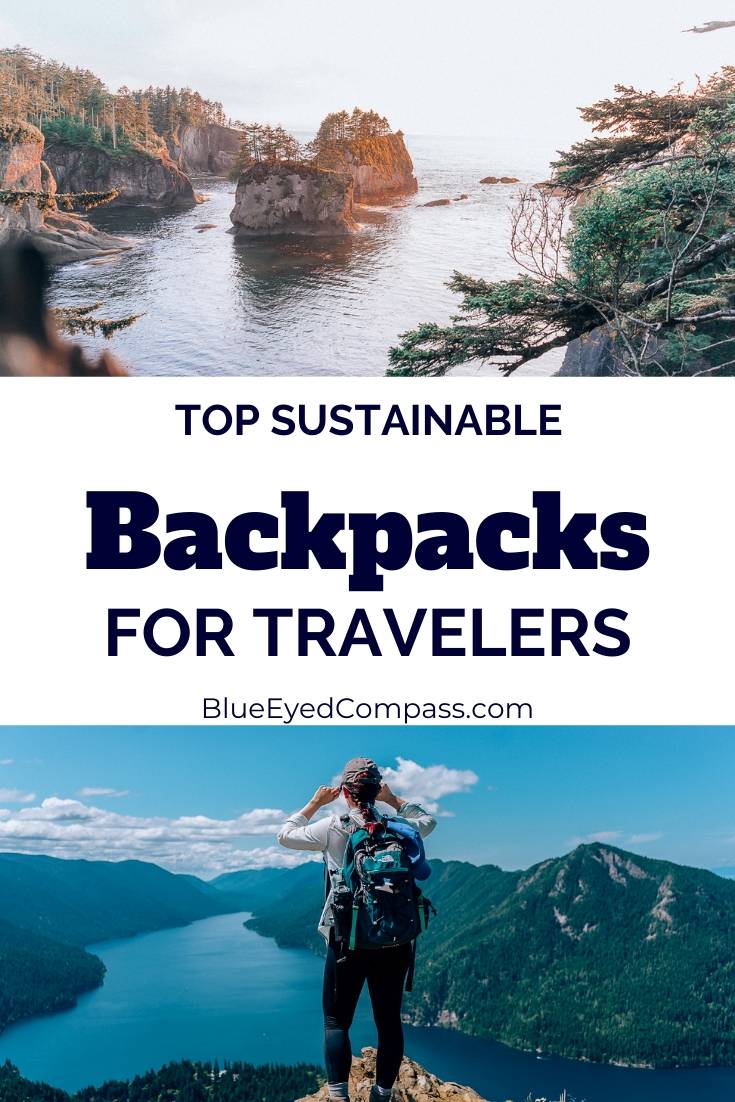





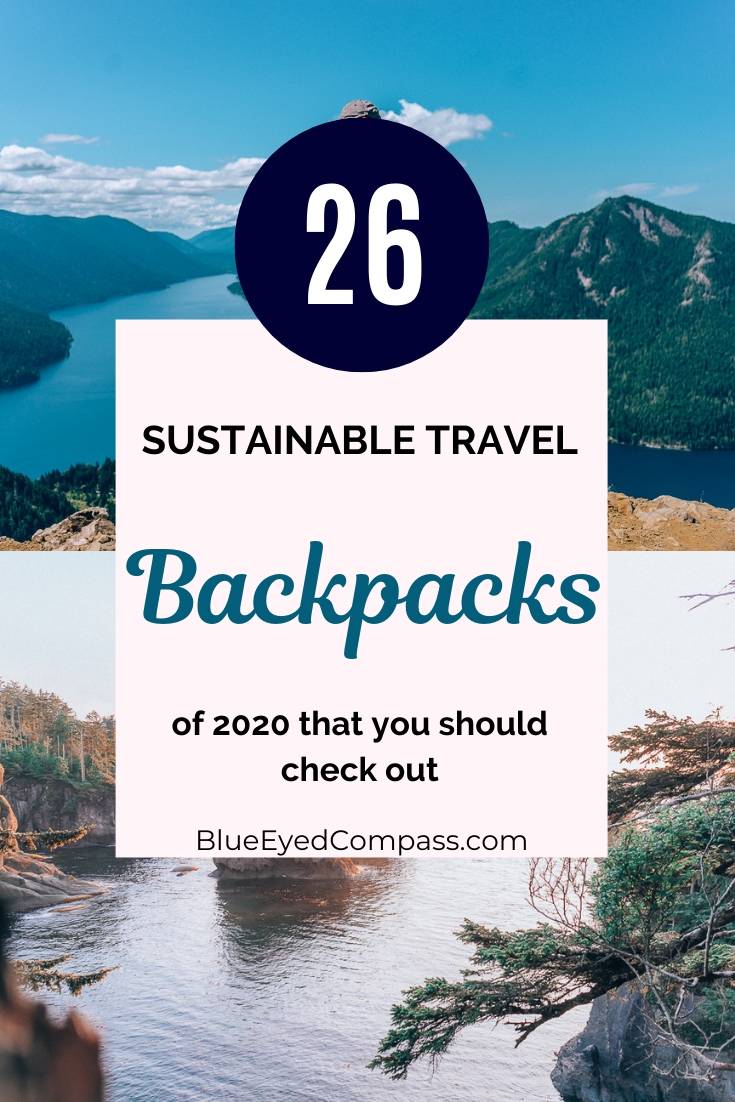

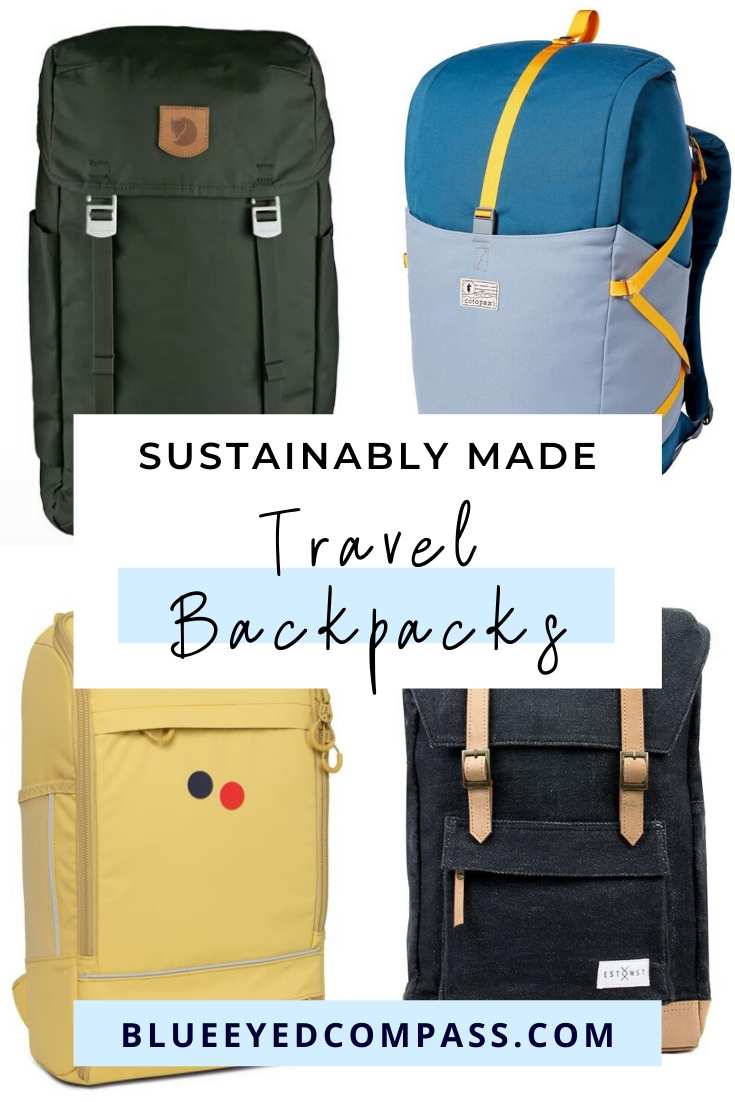



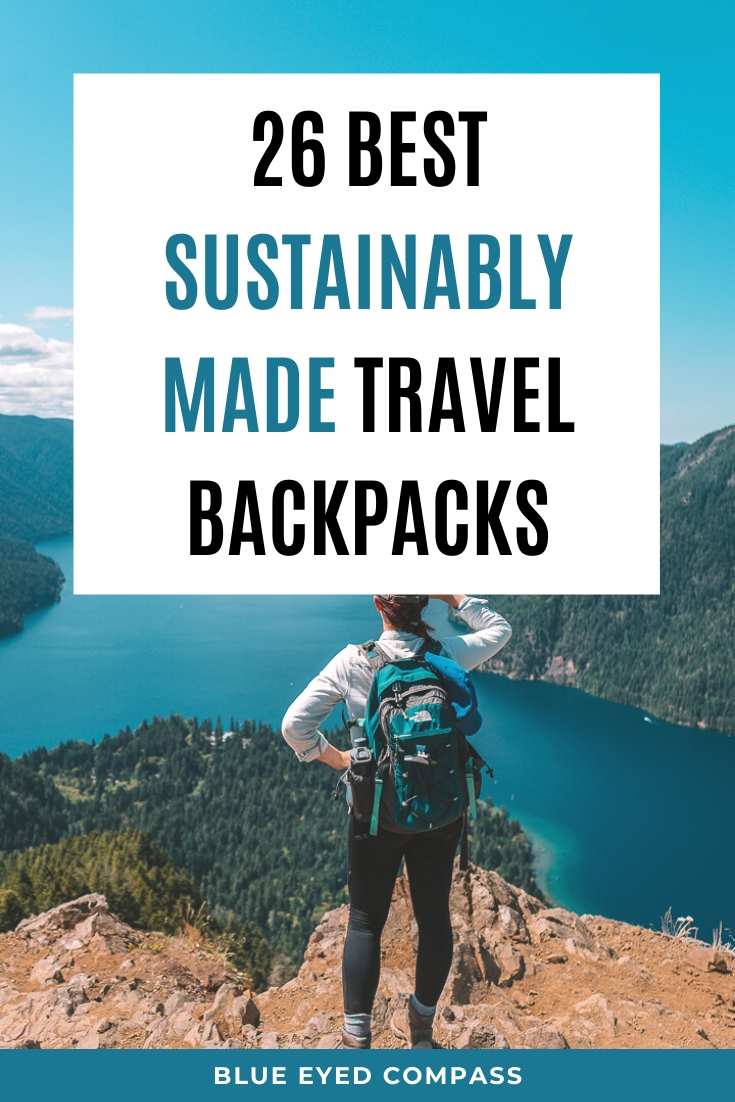

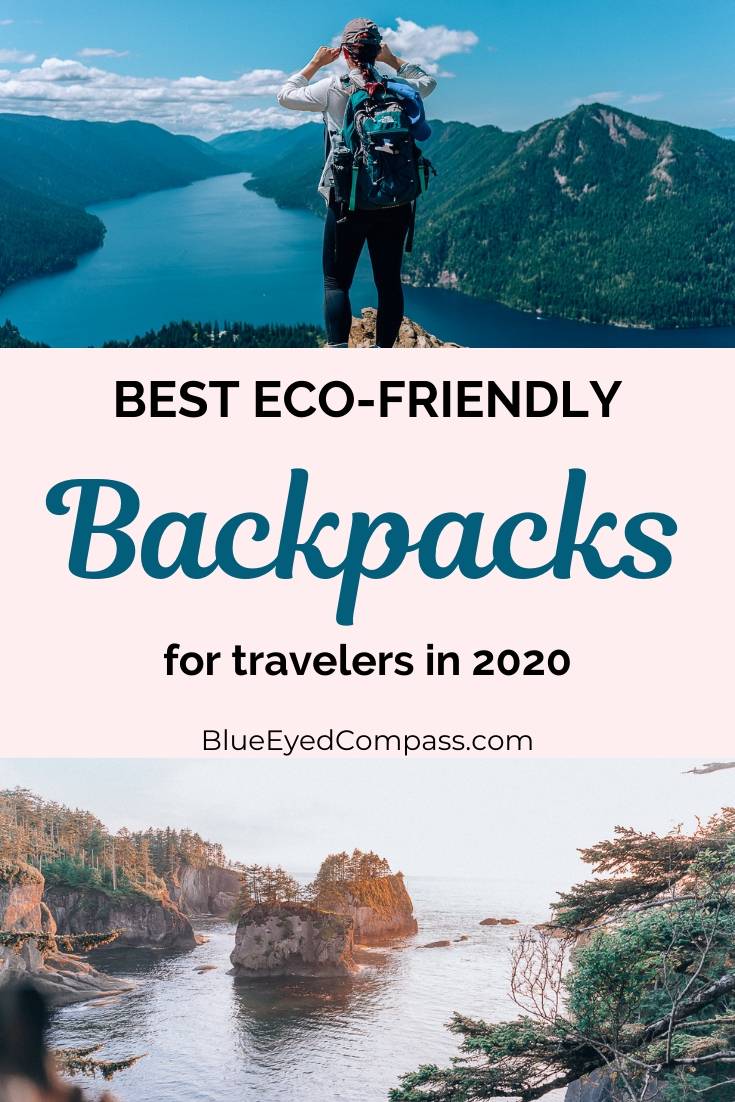

Follow Along






